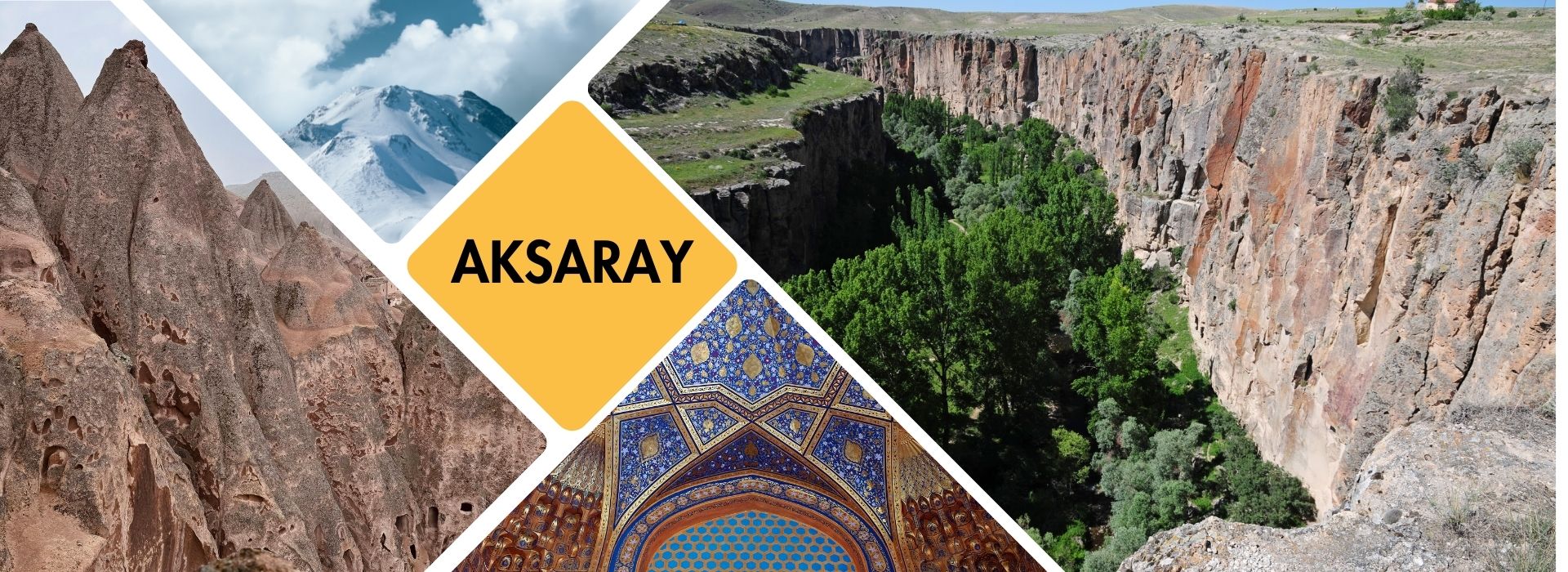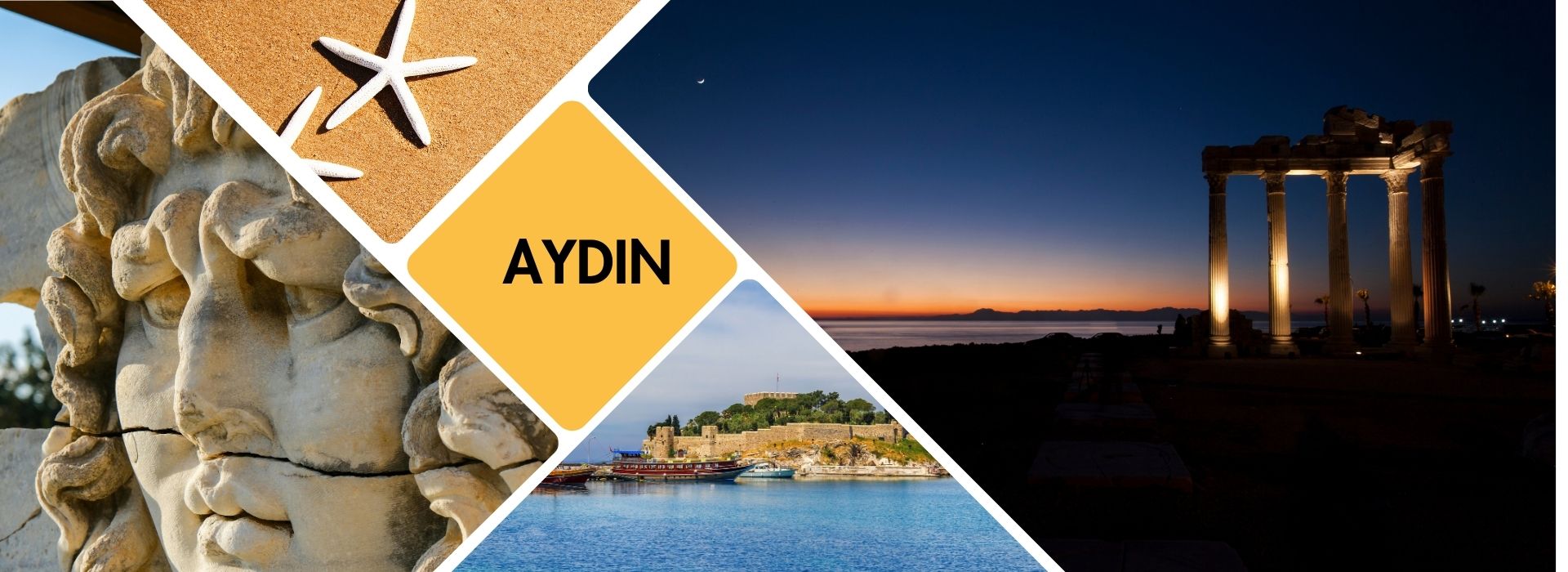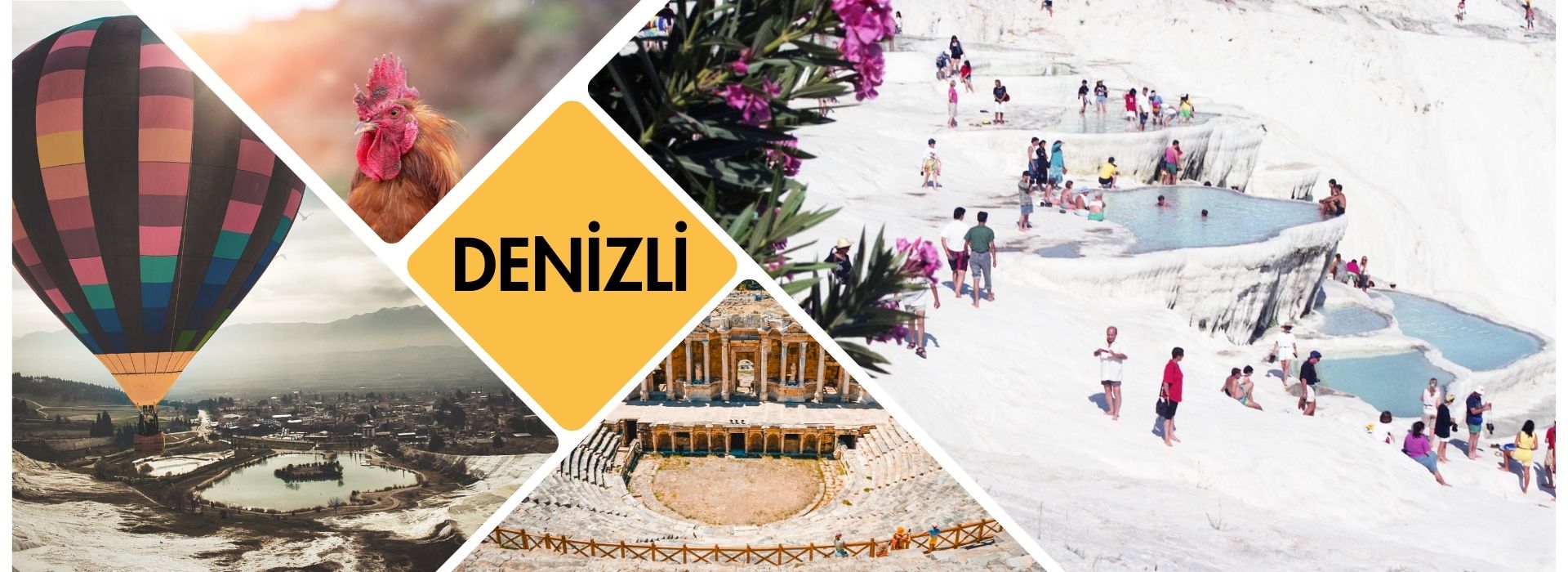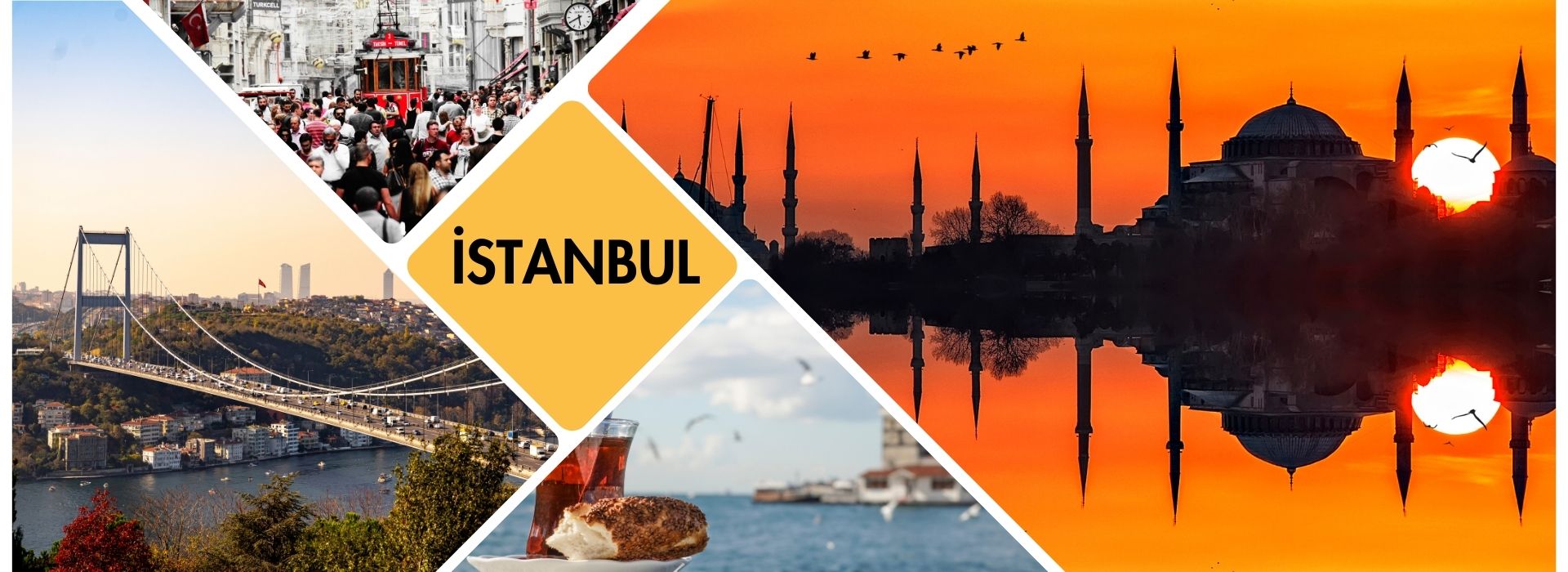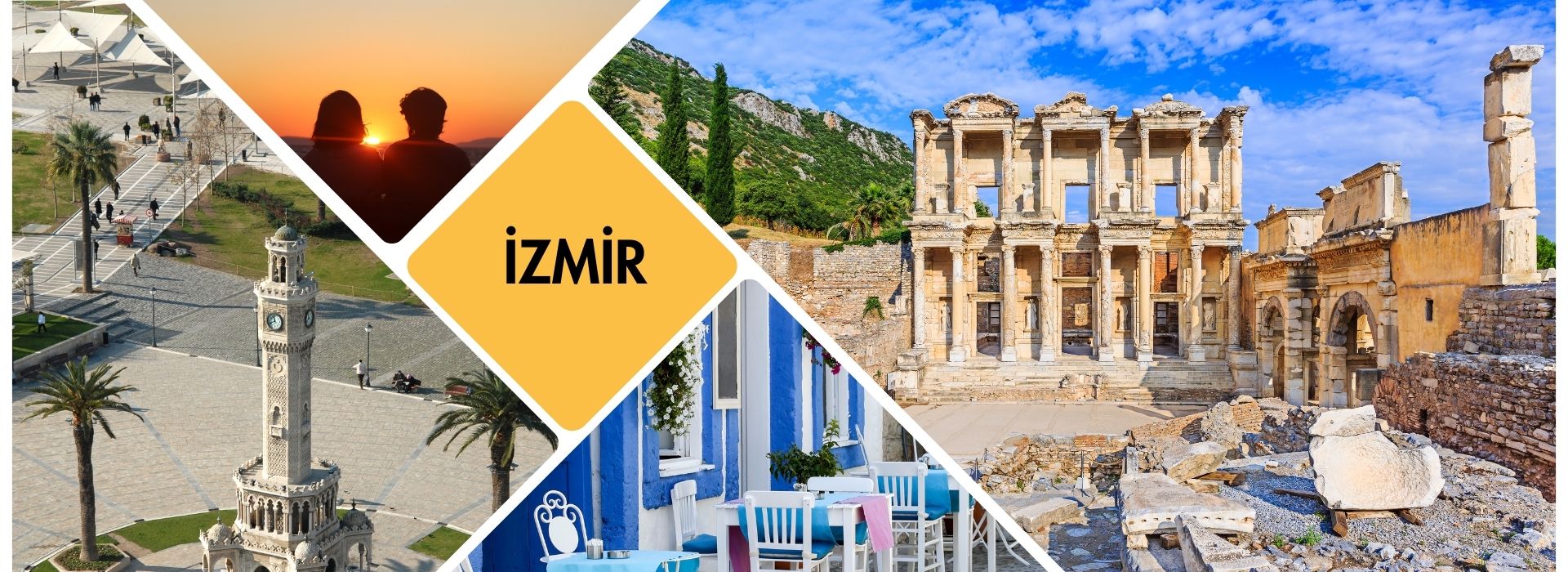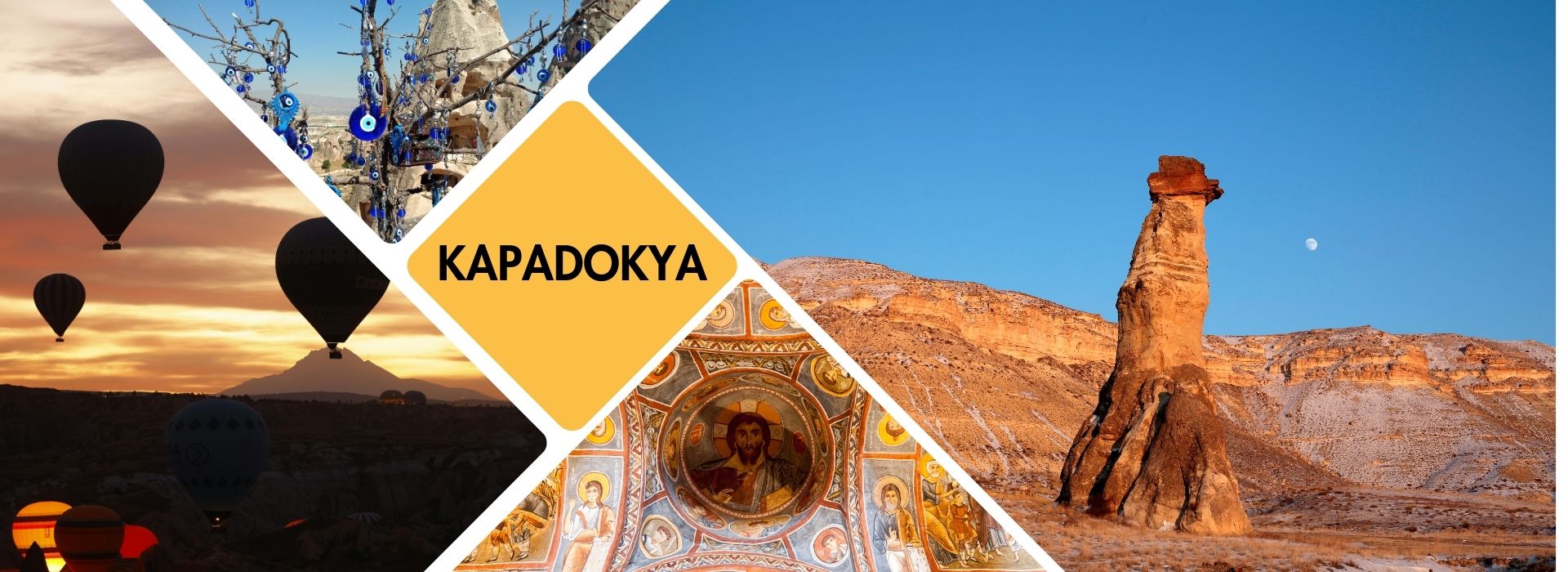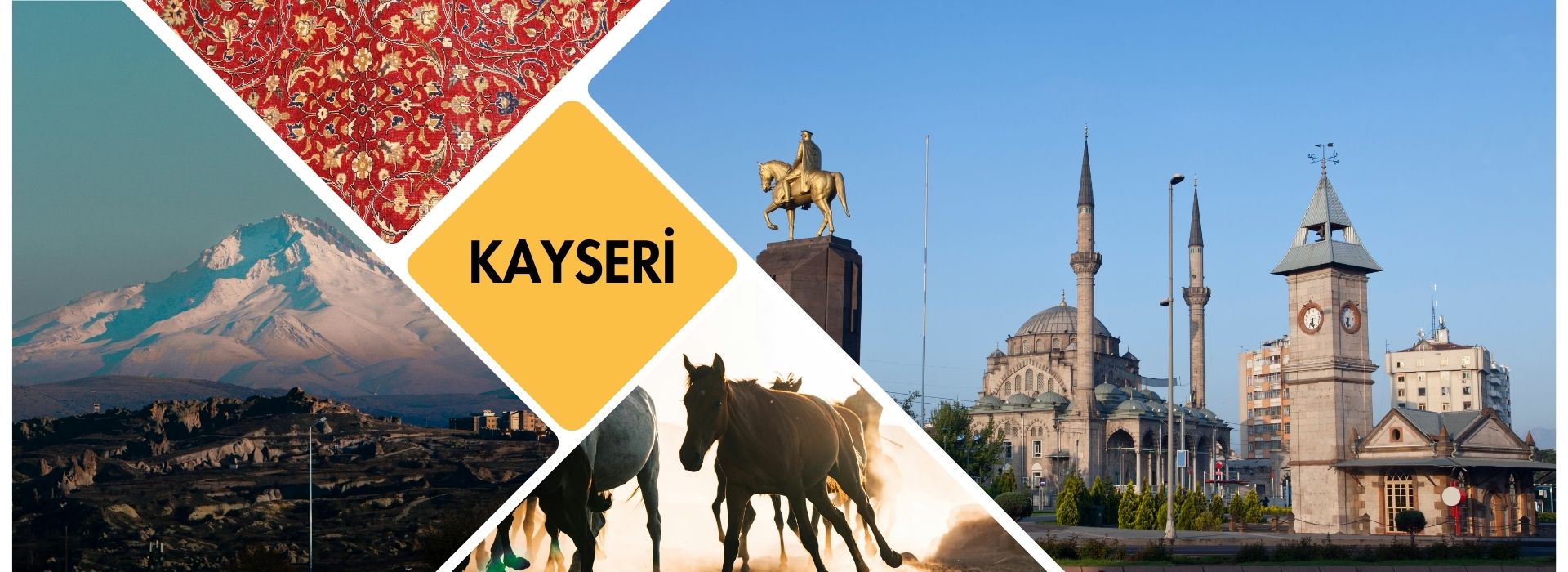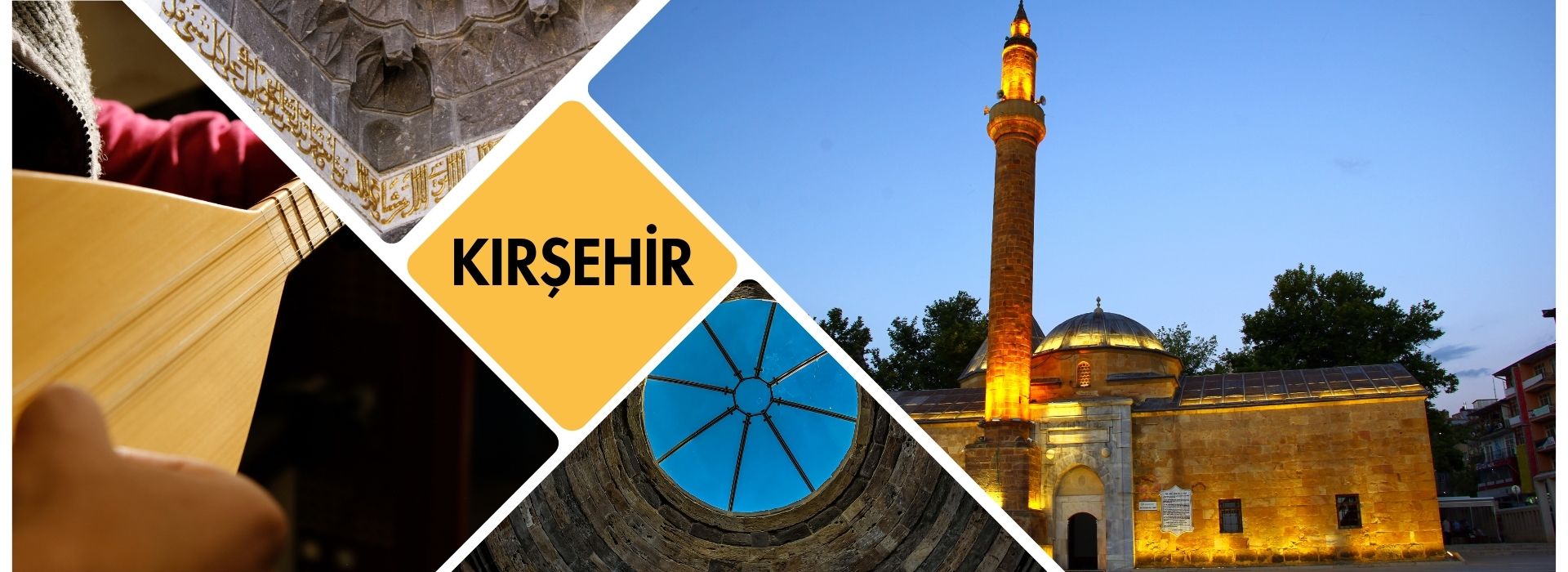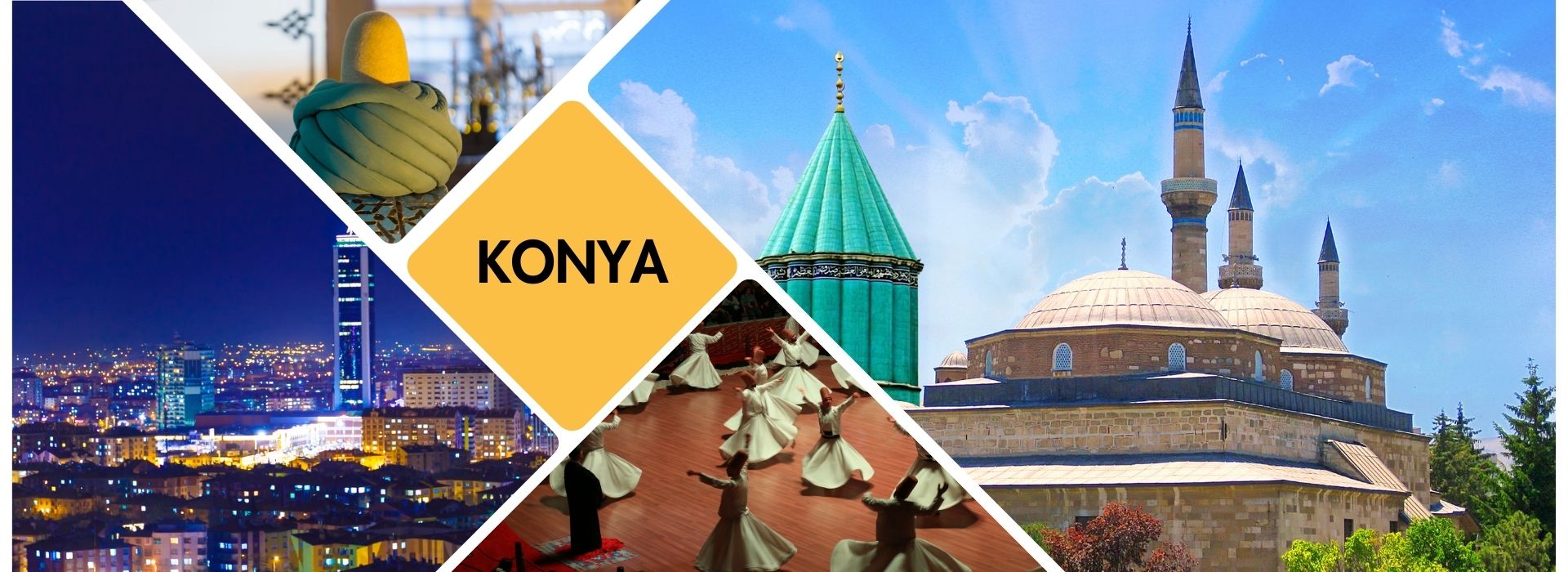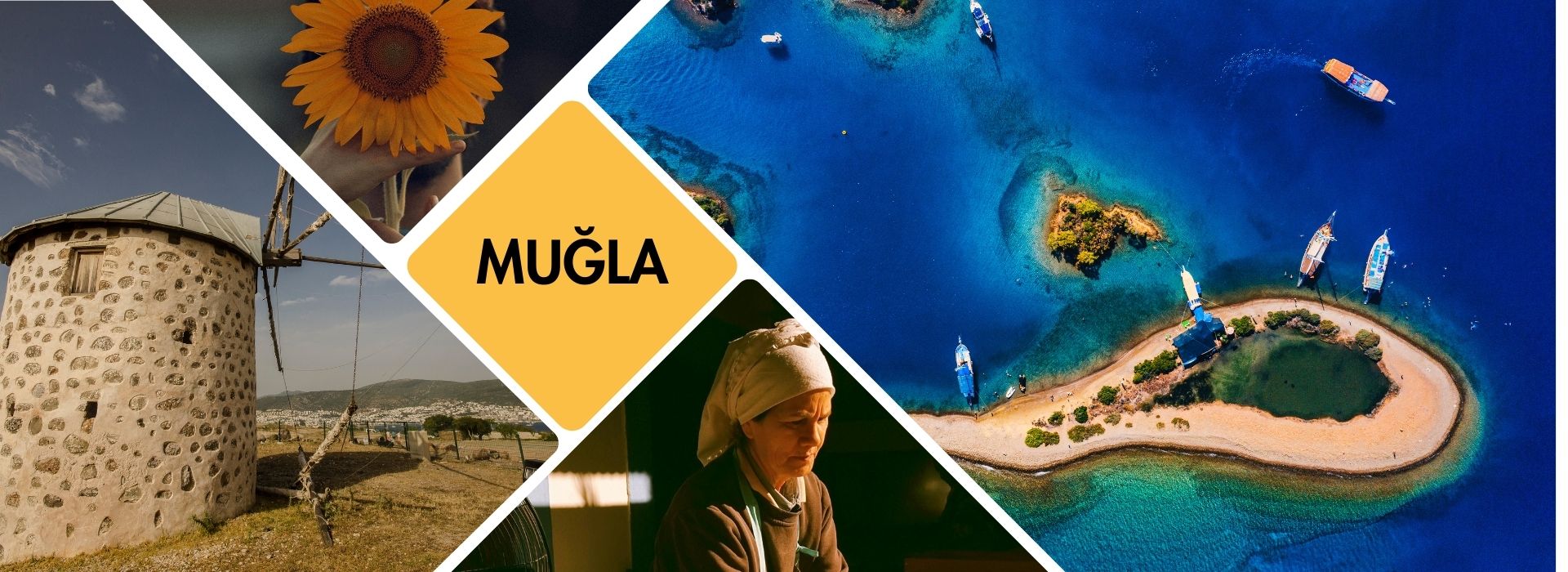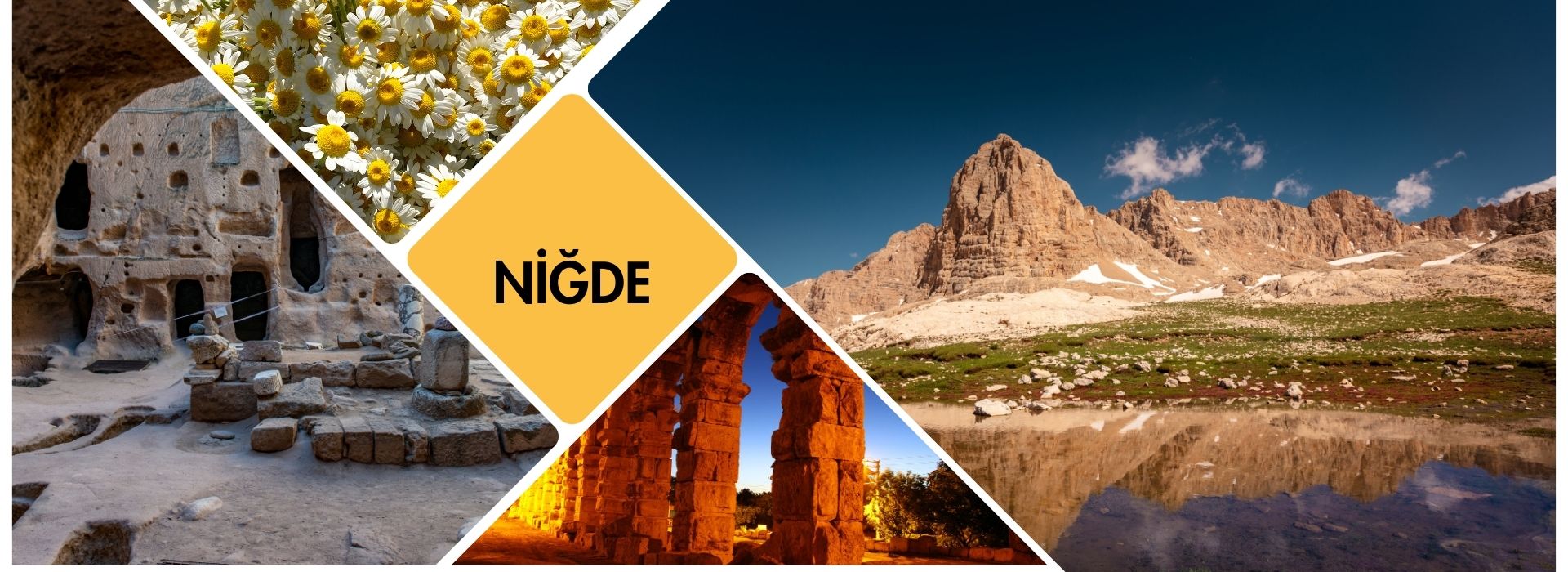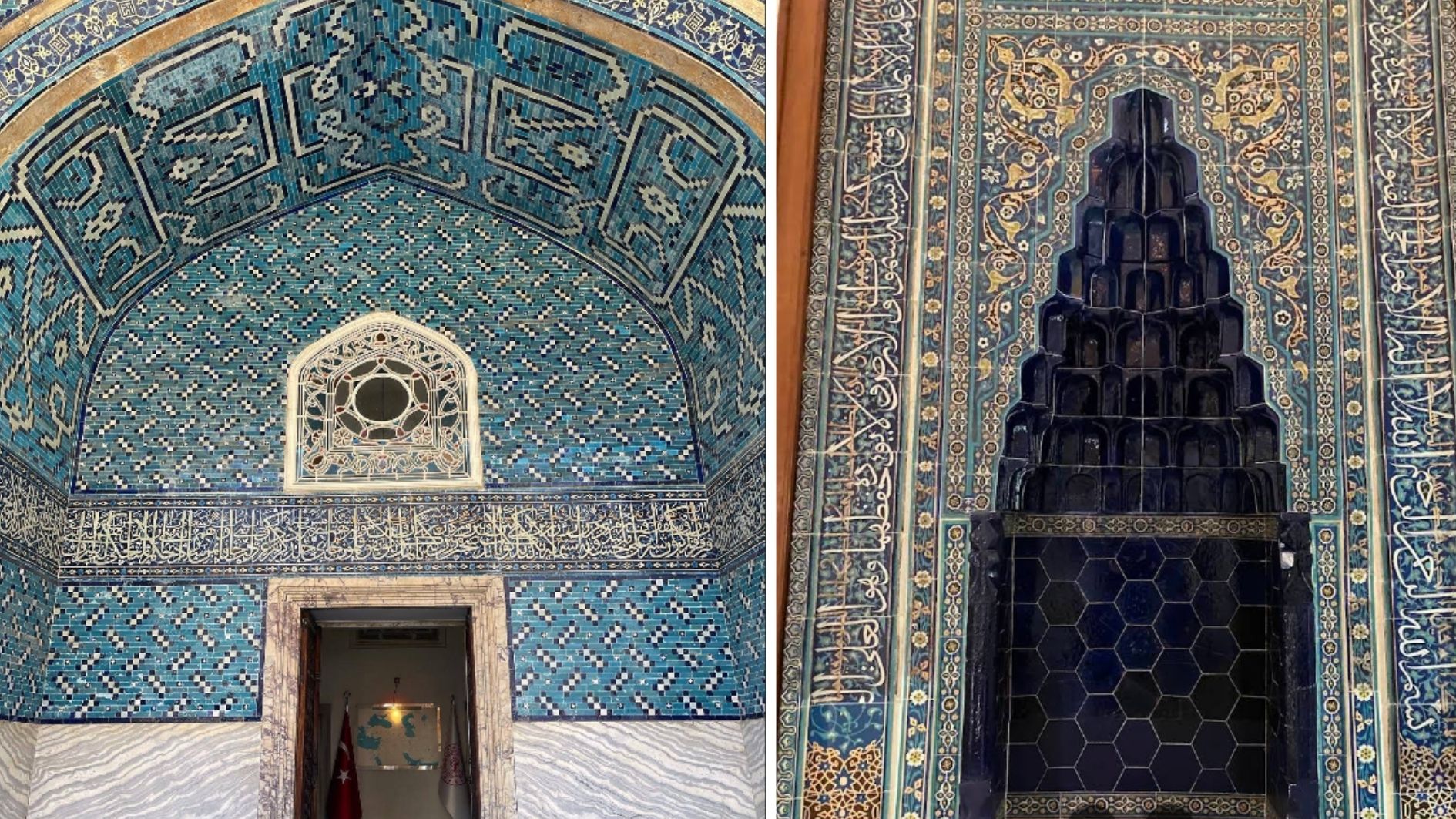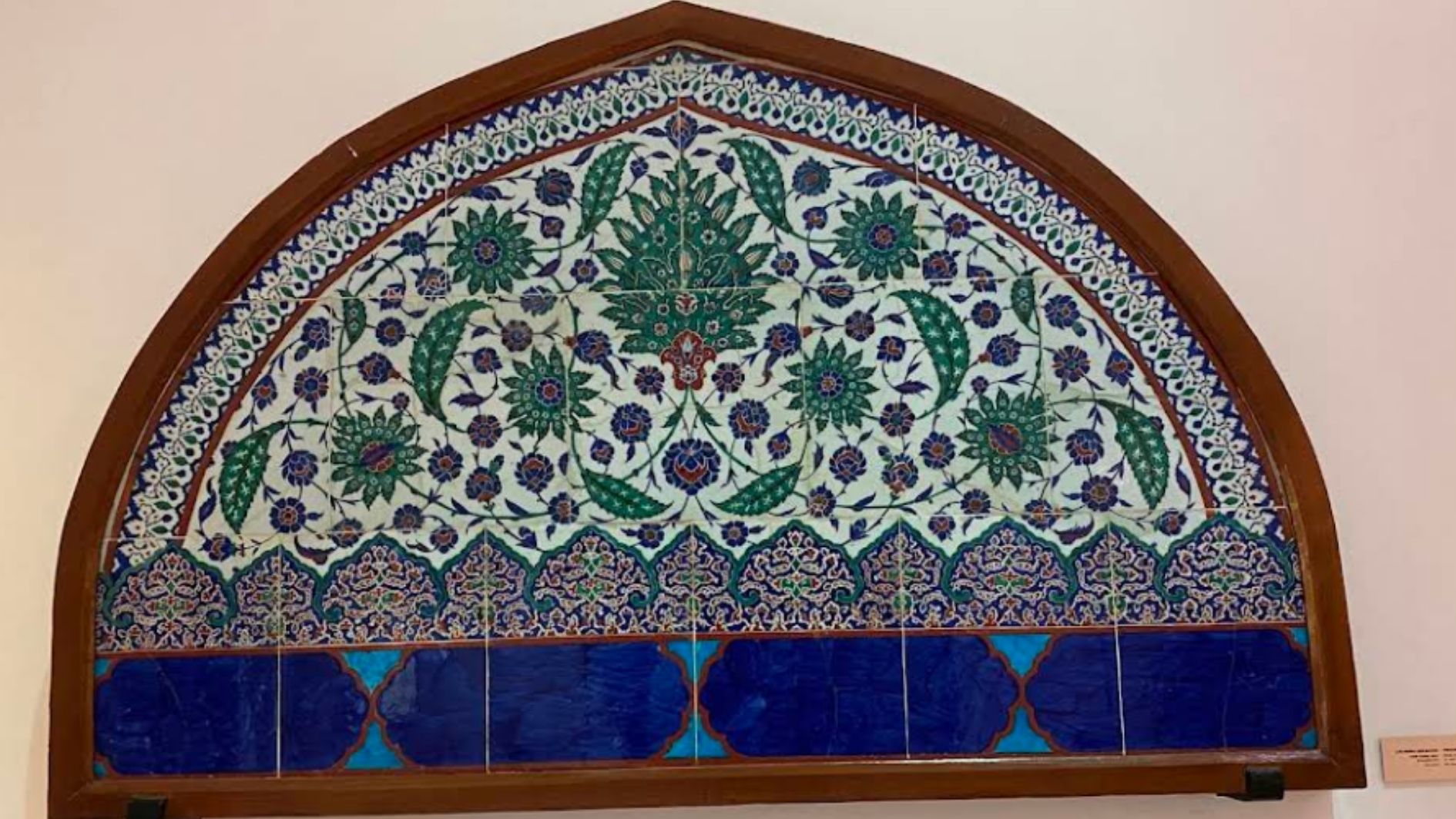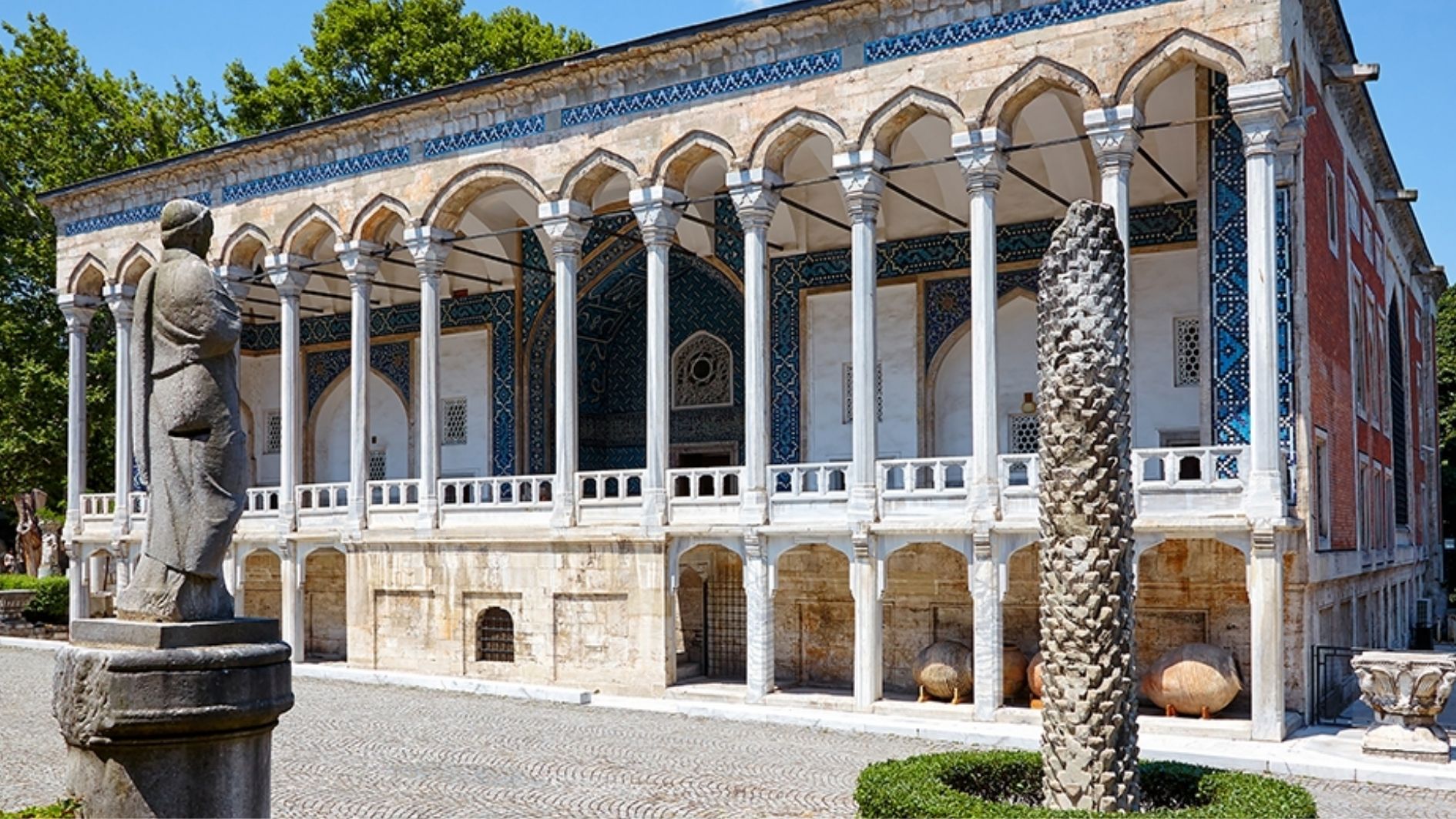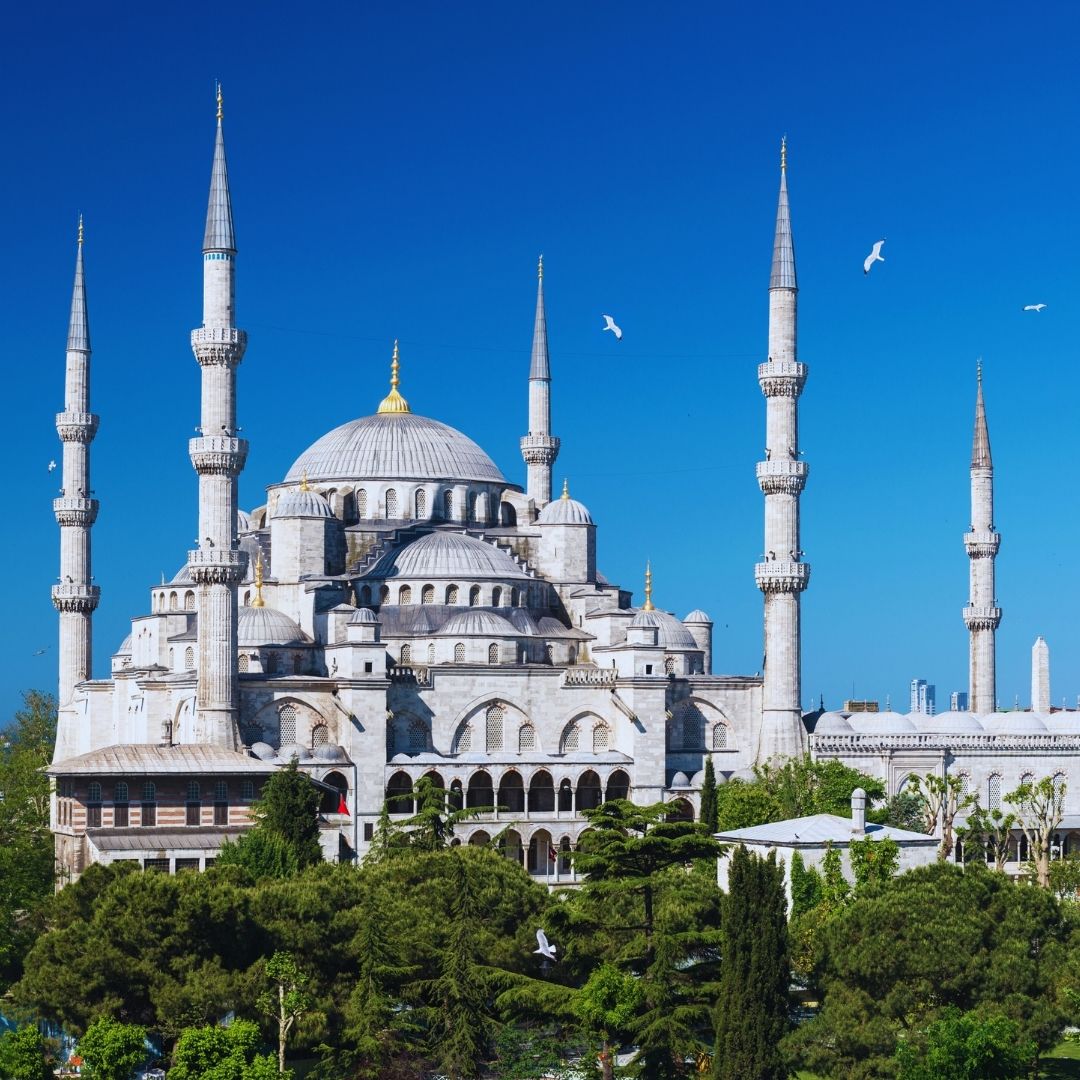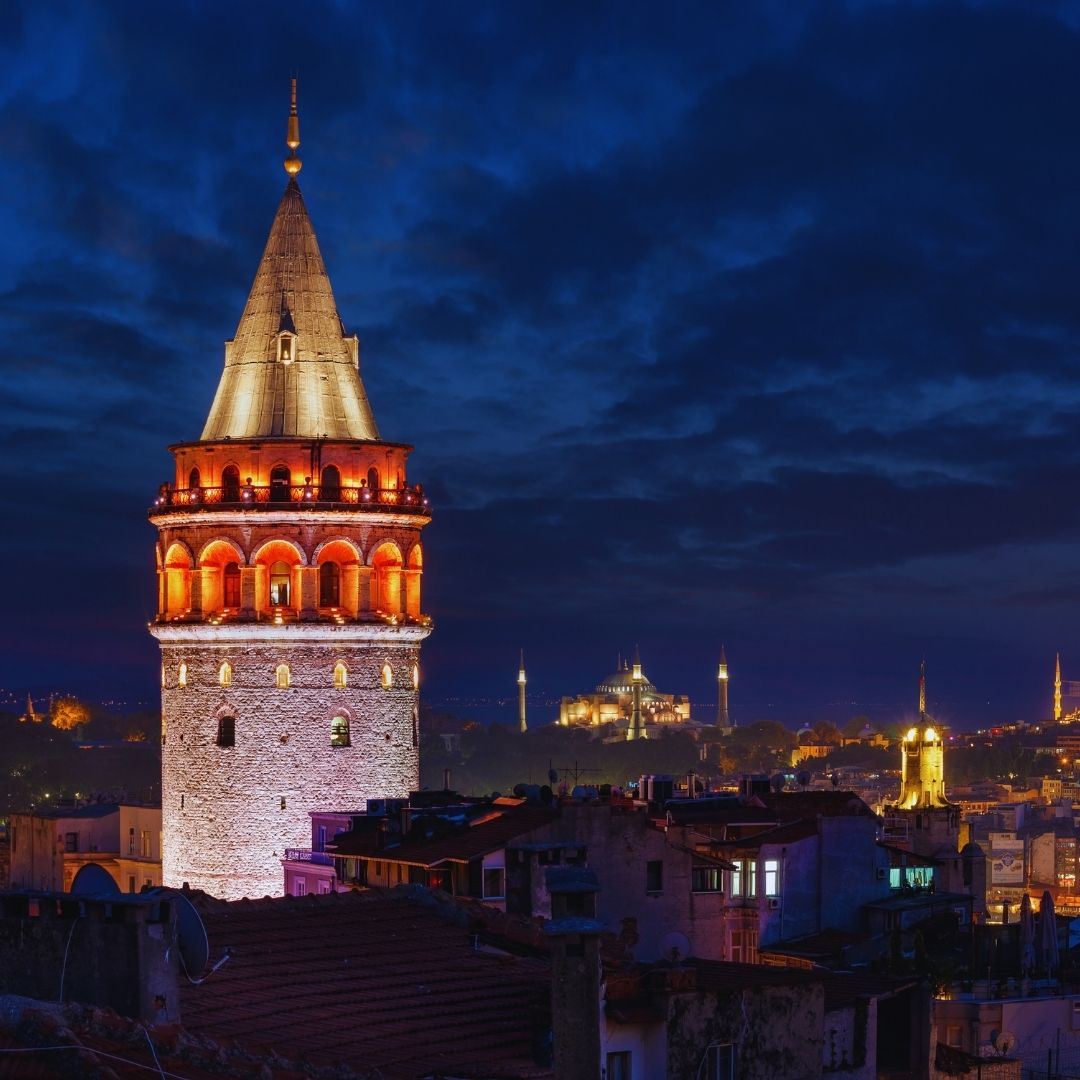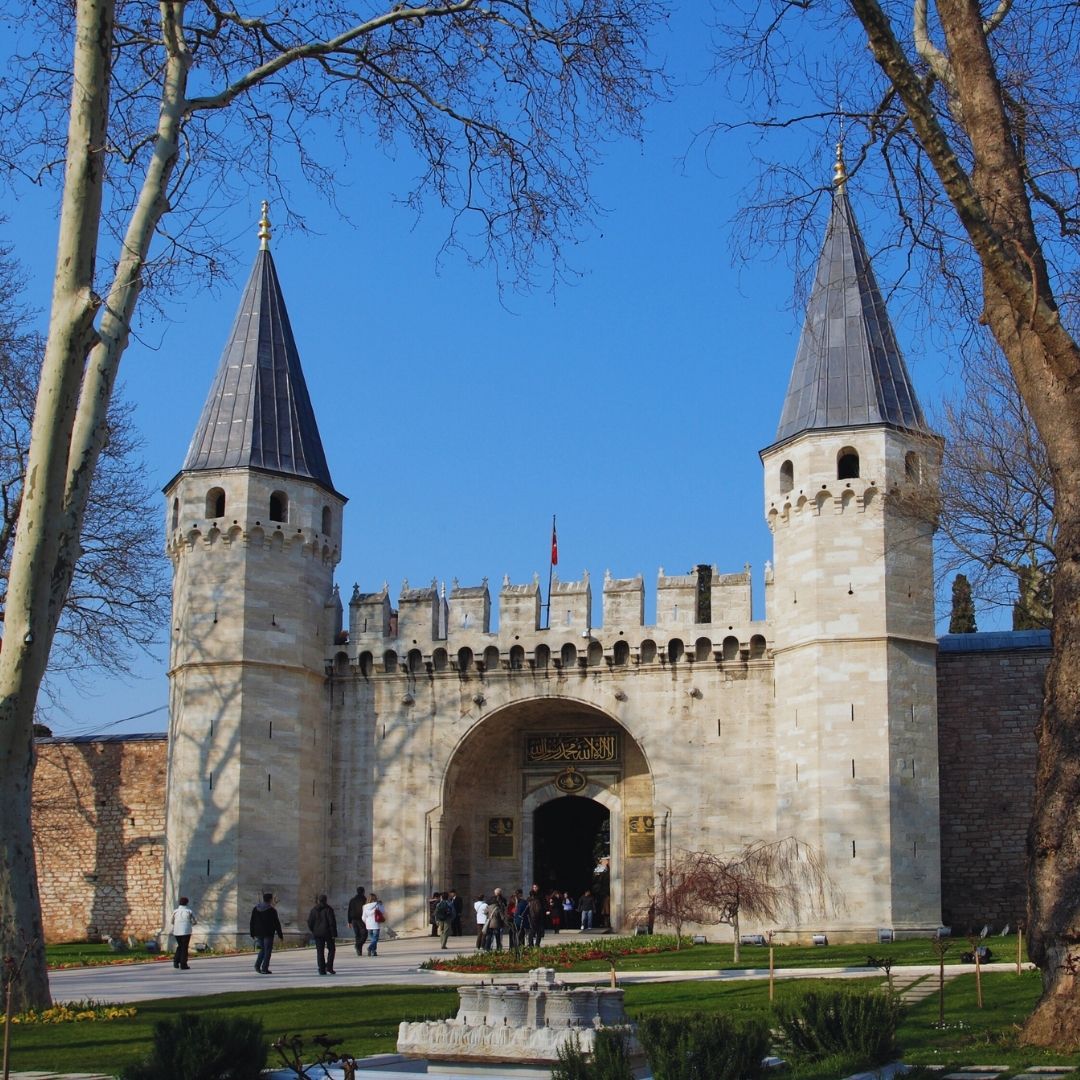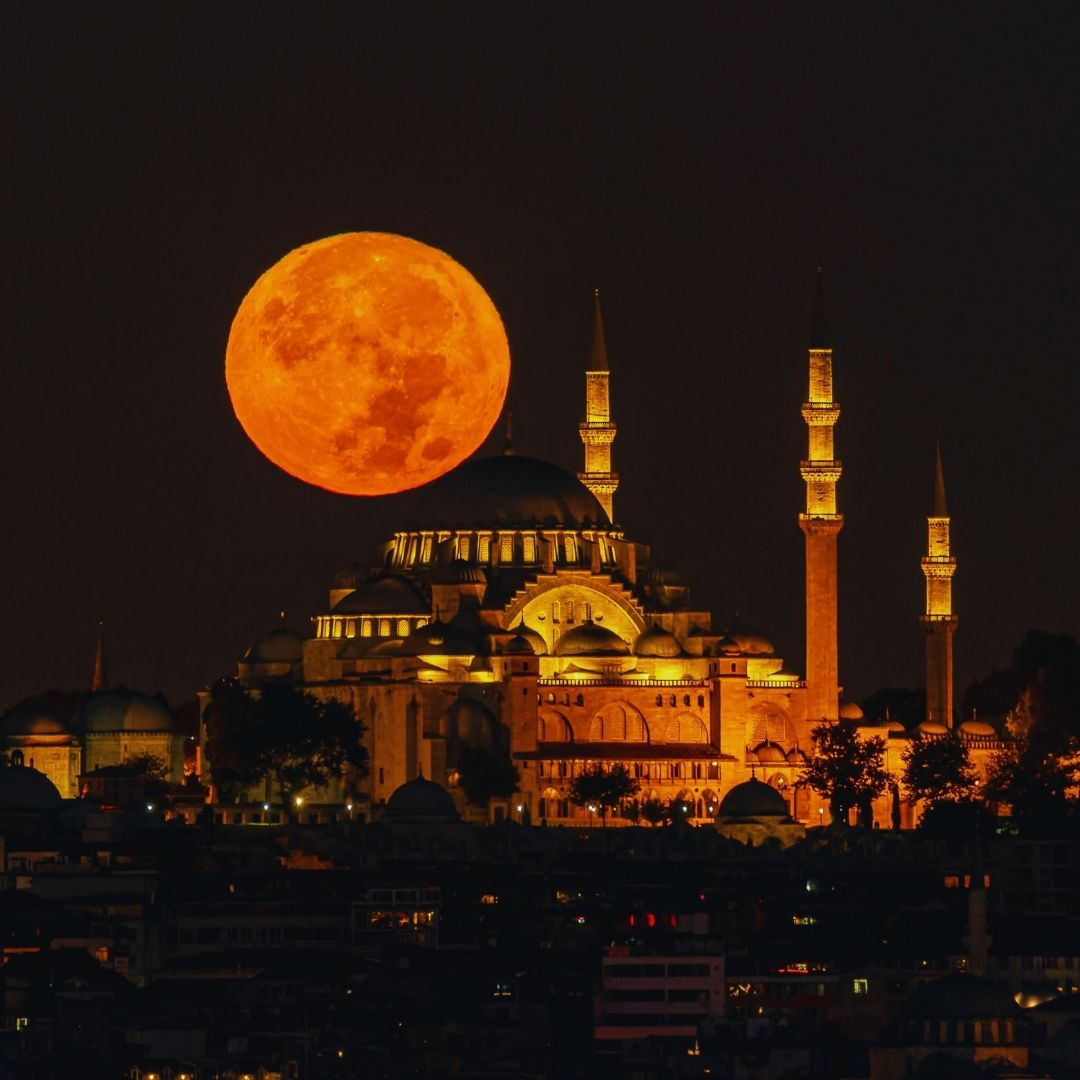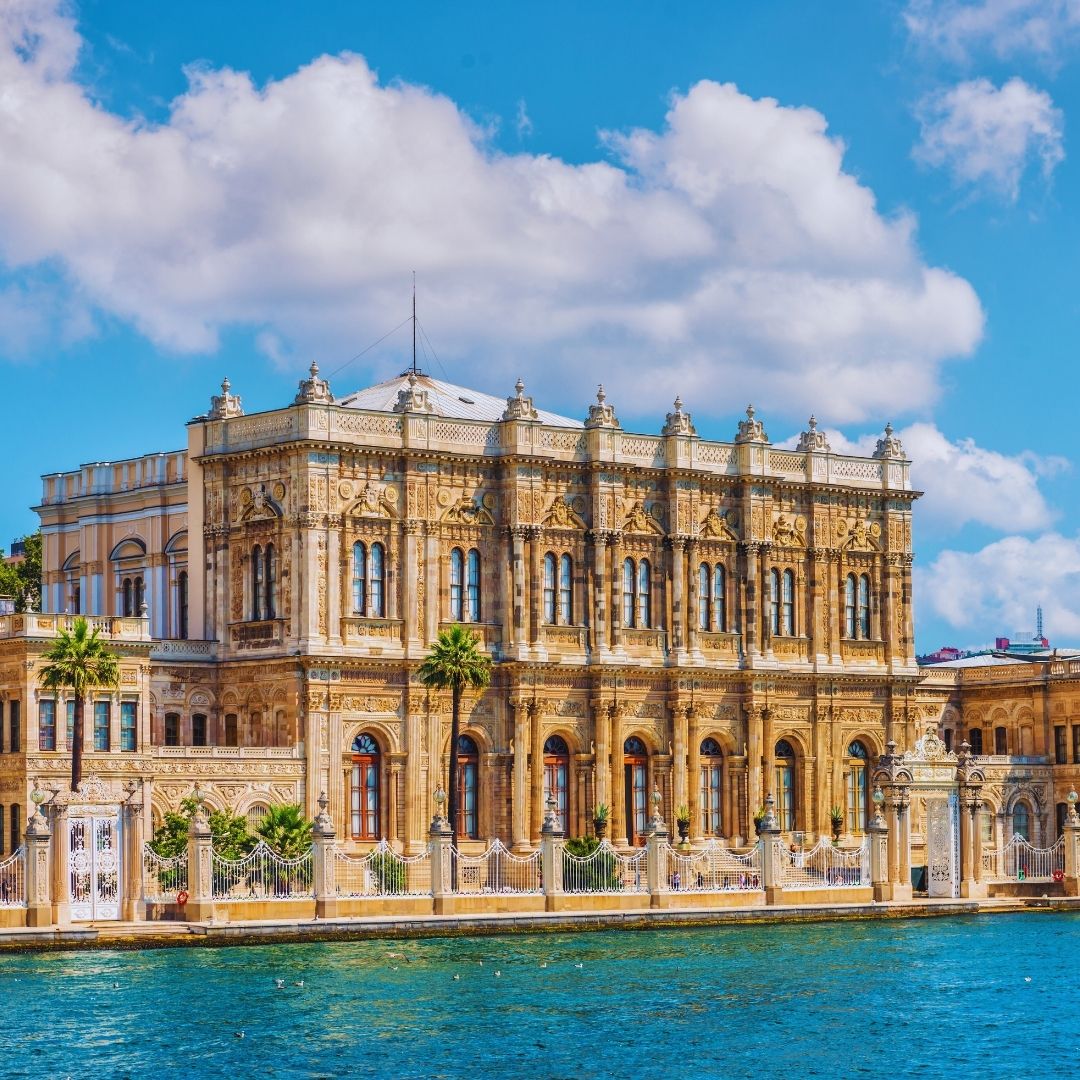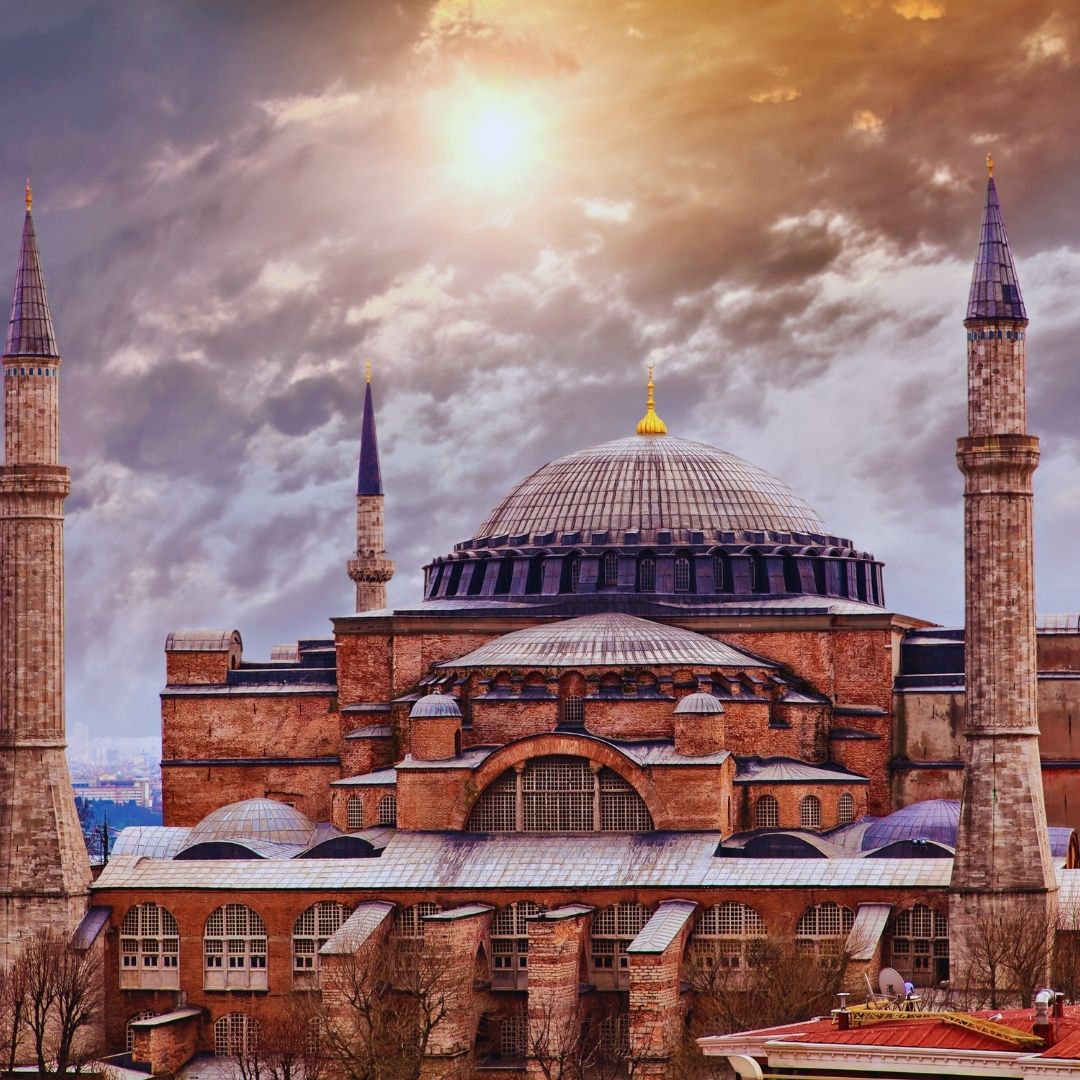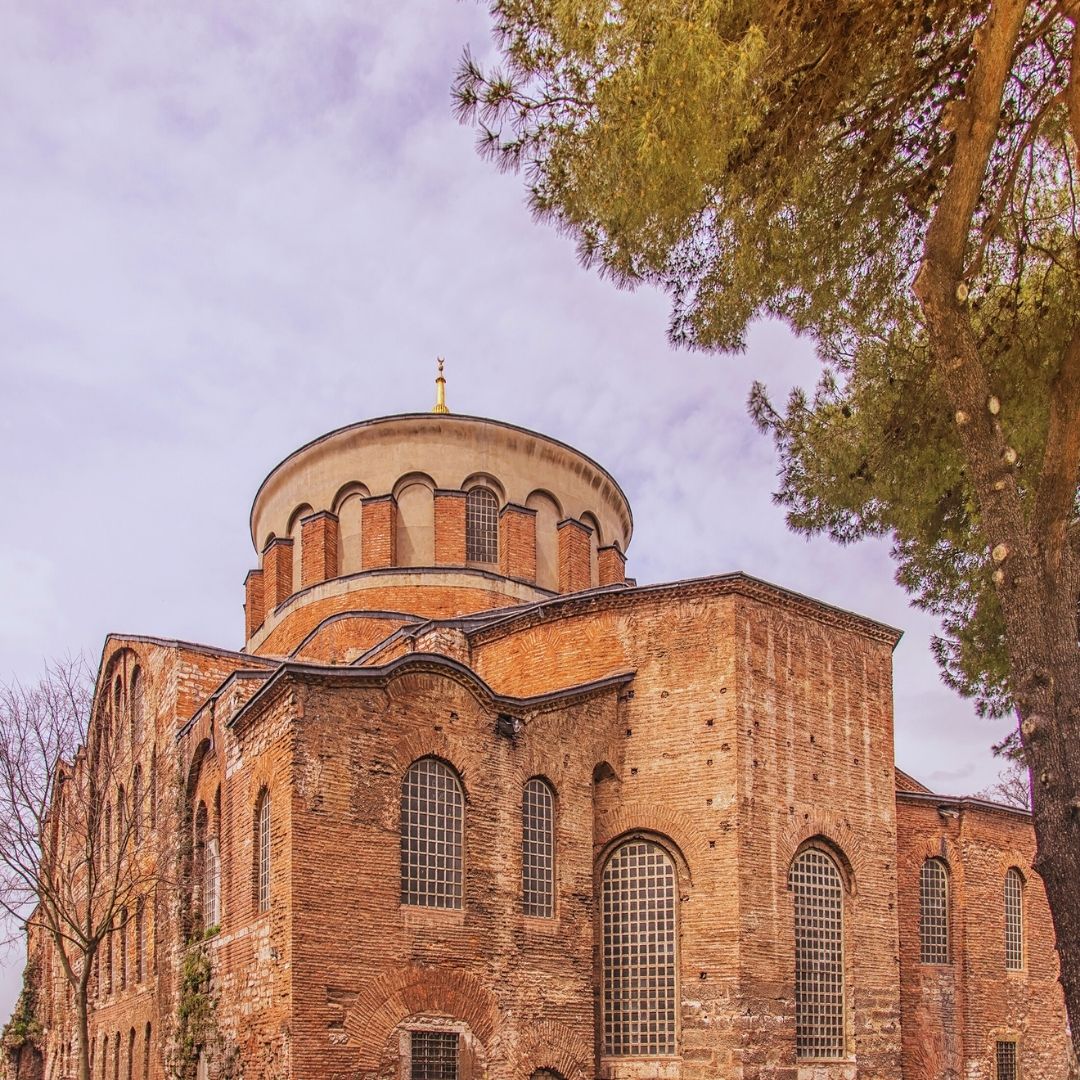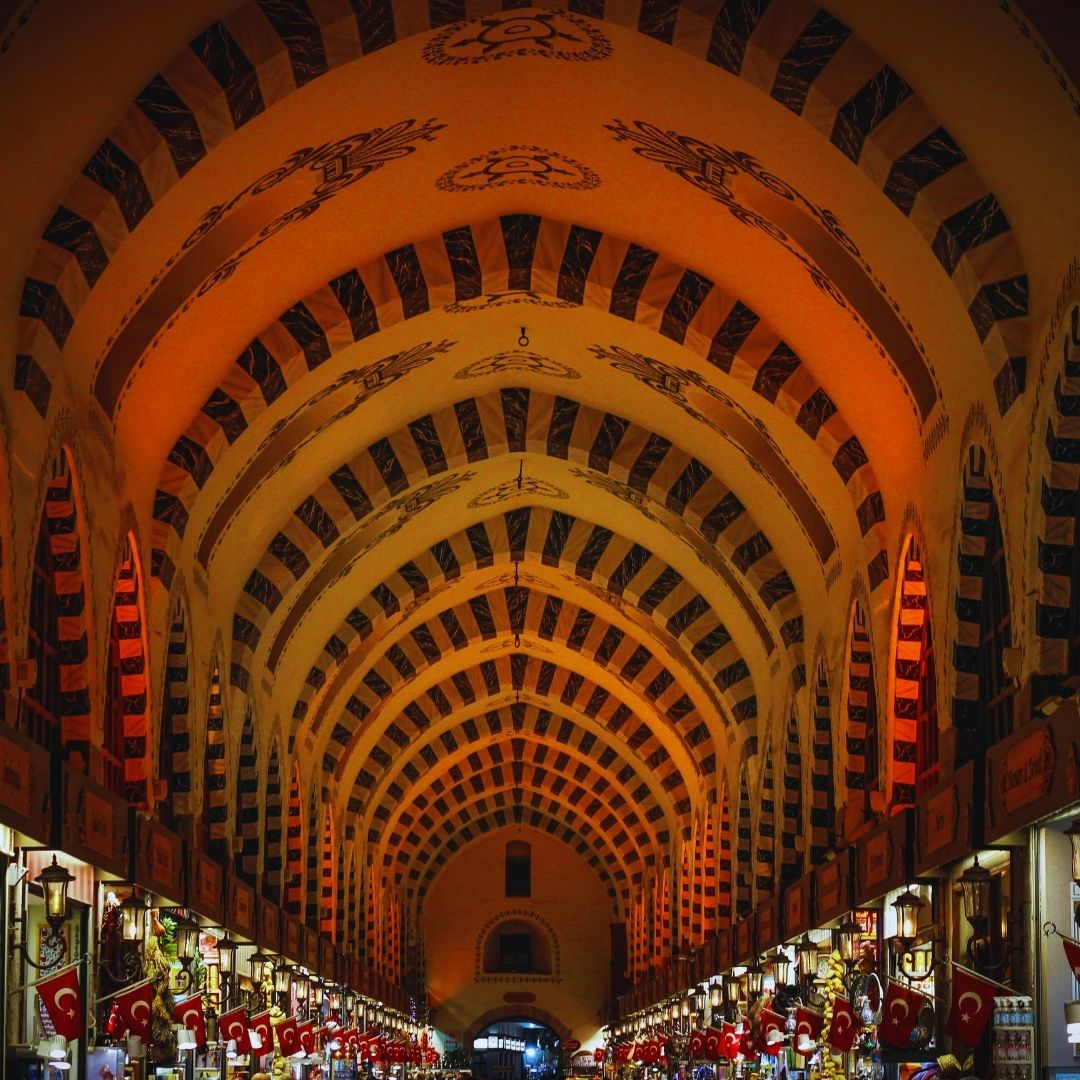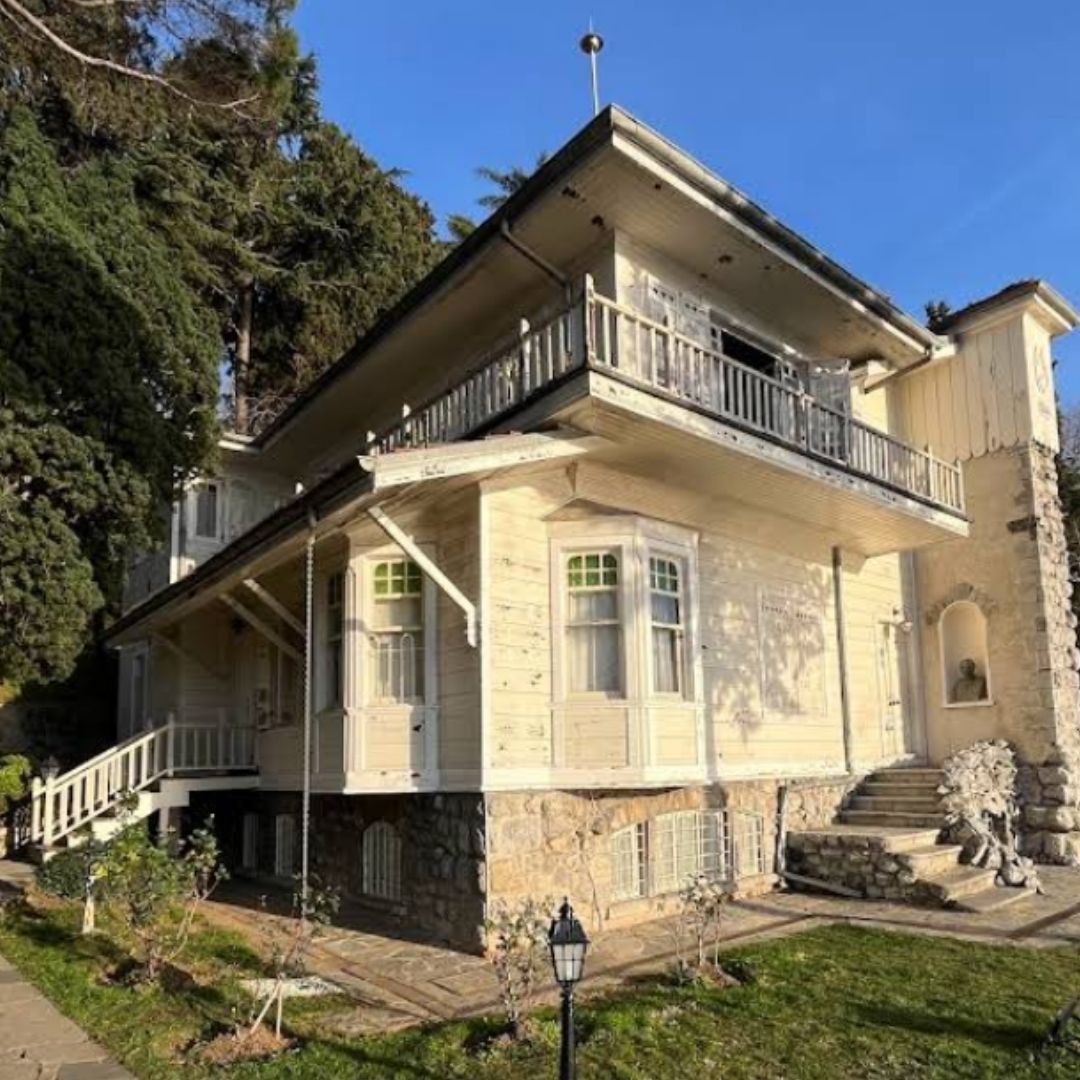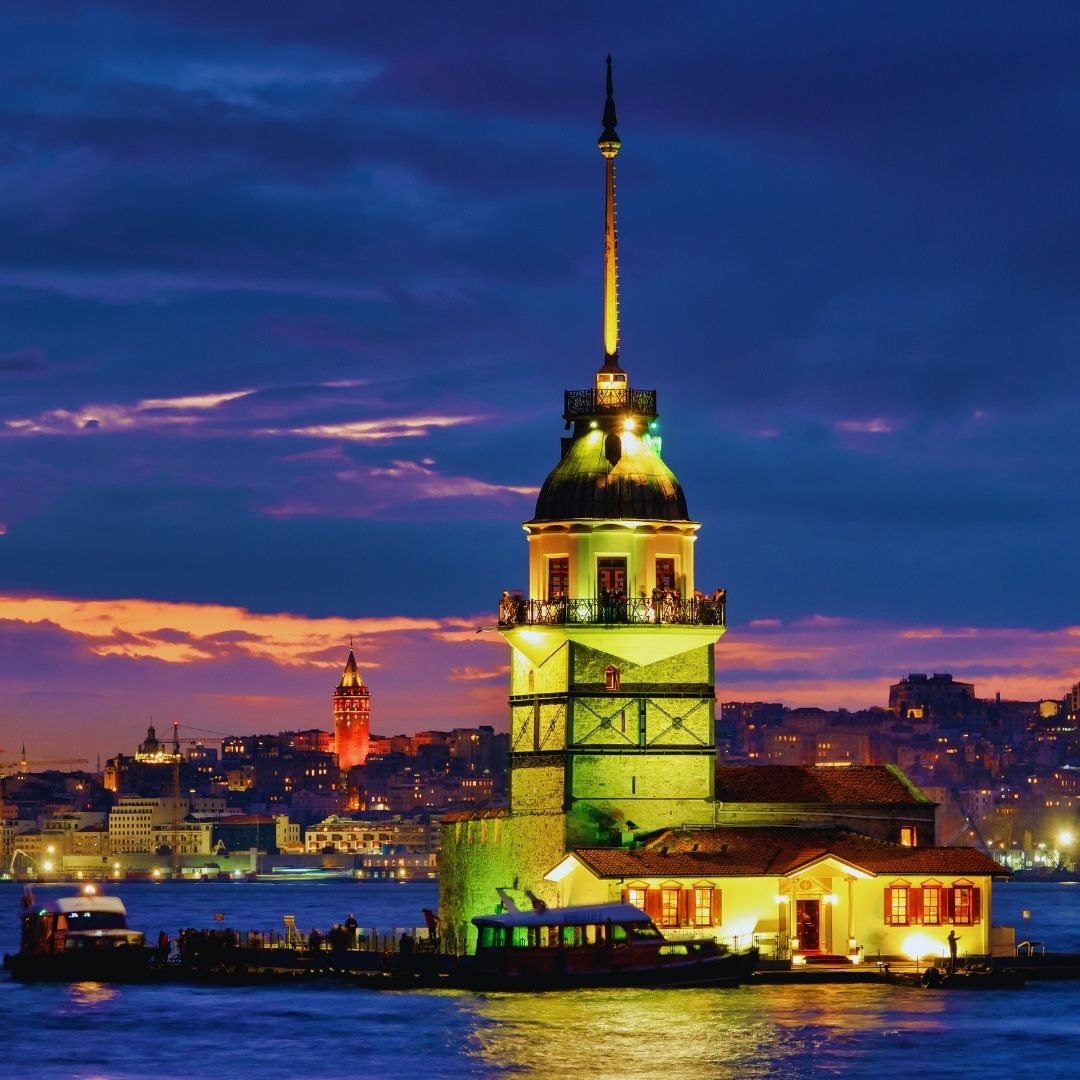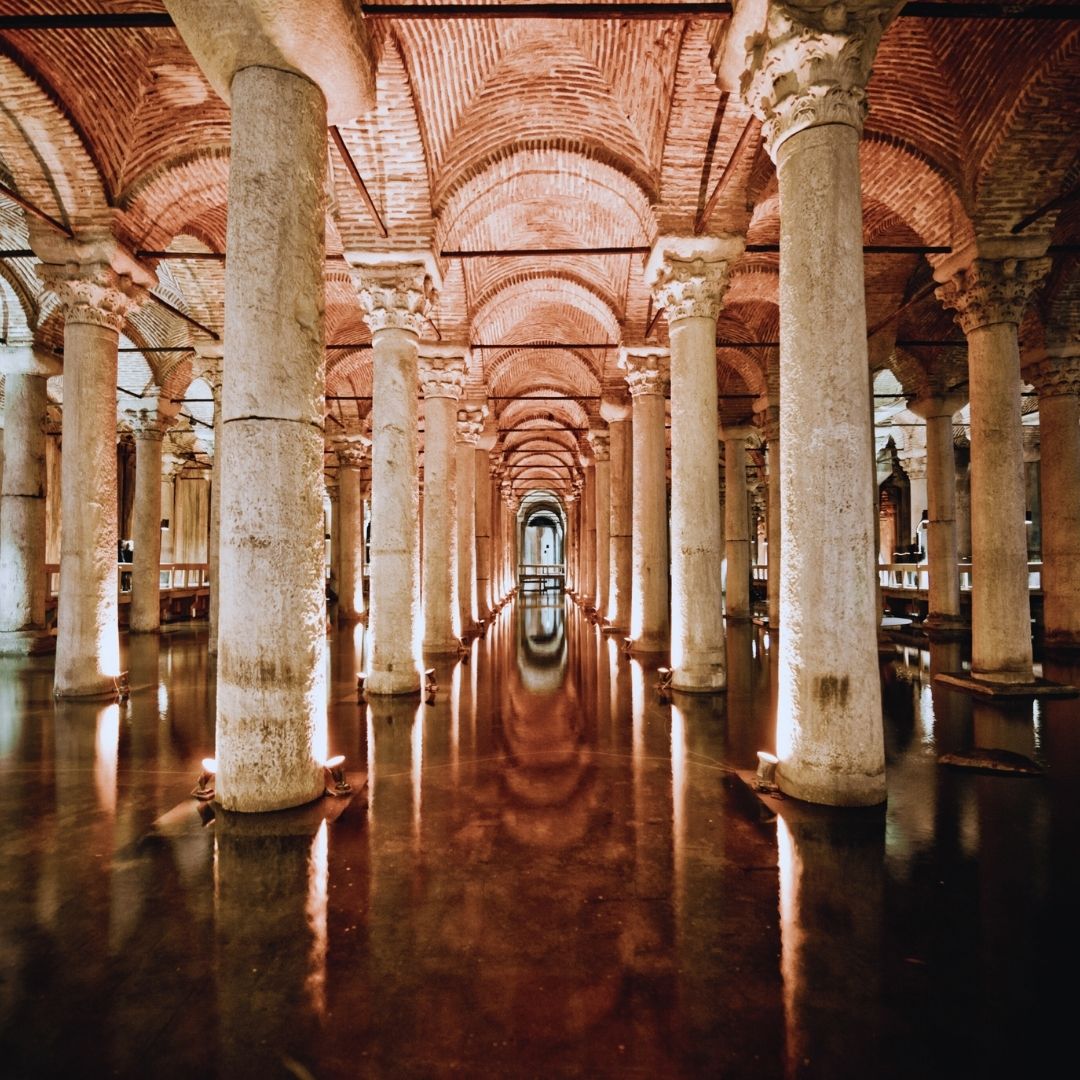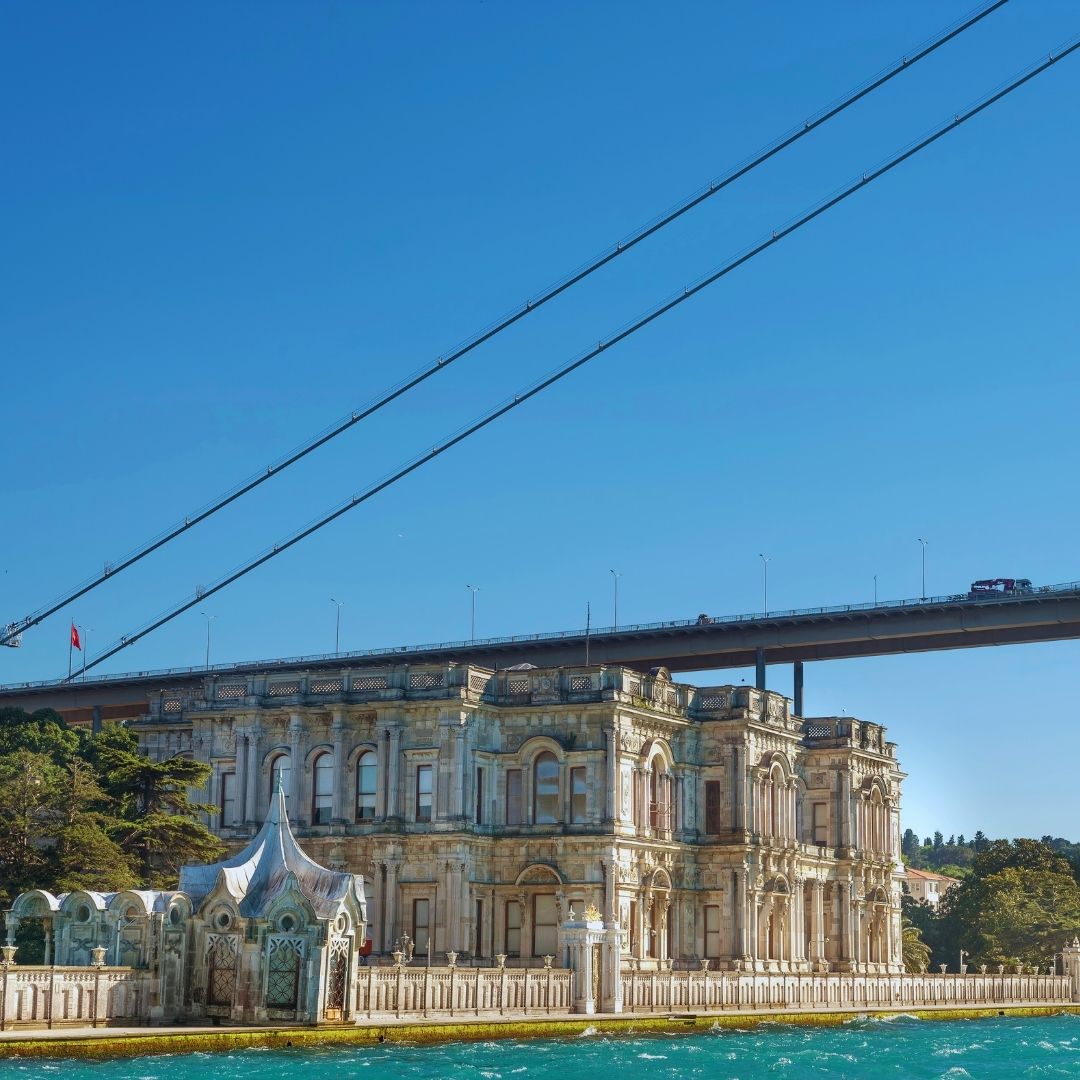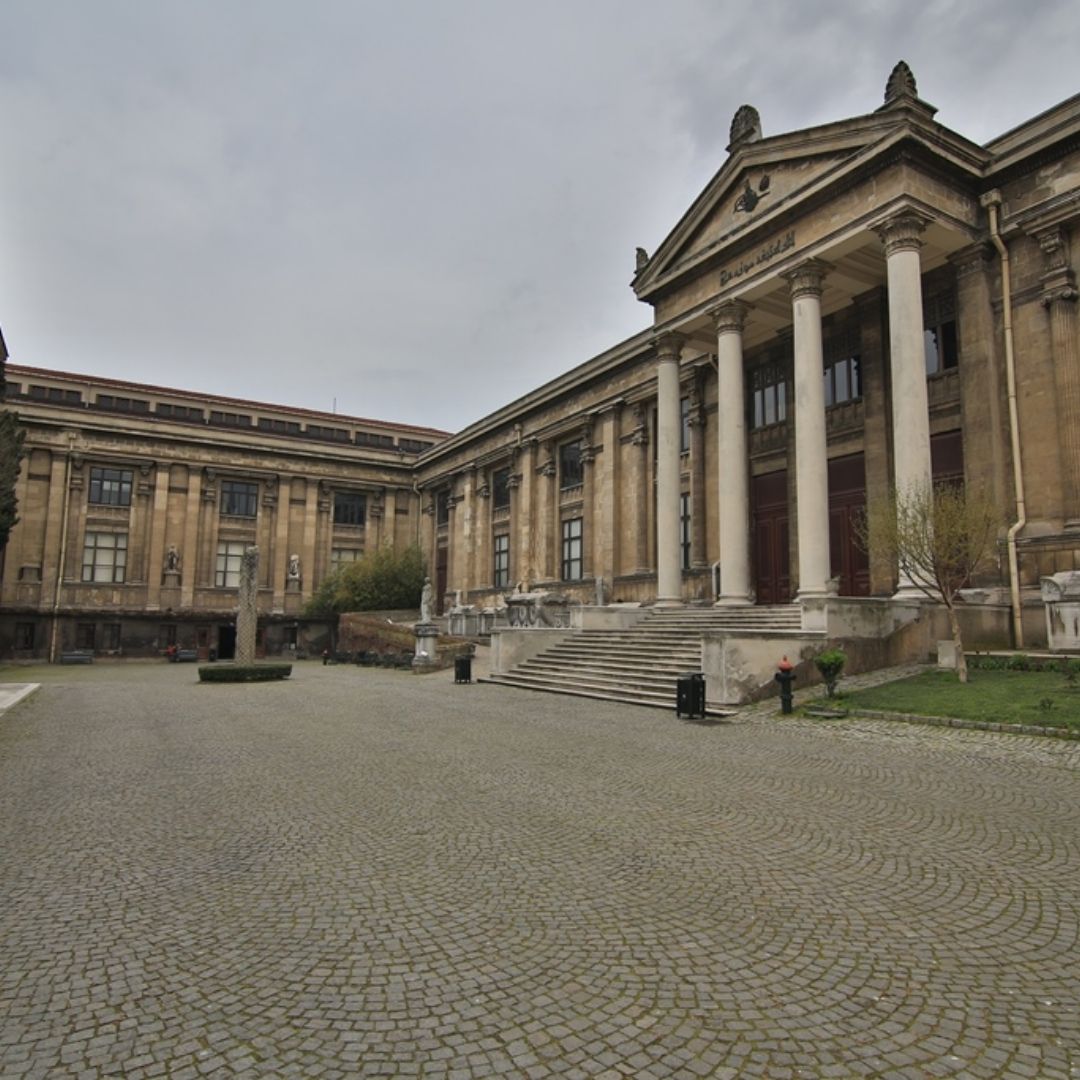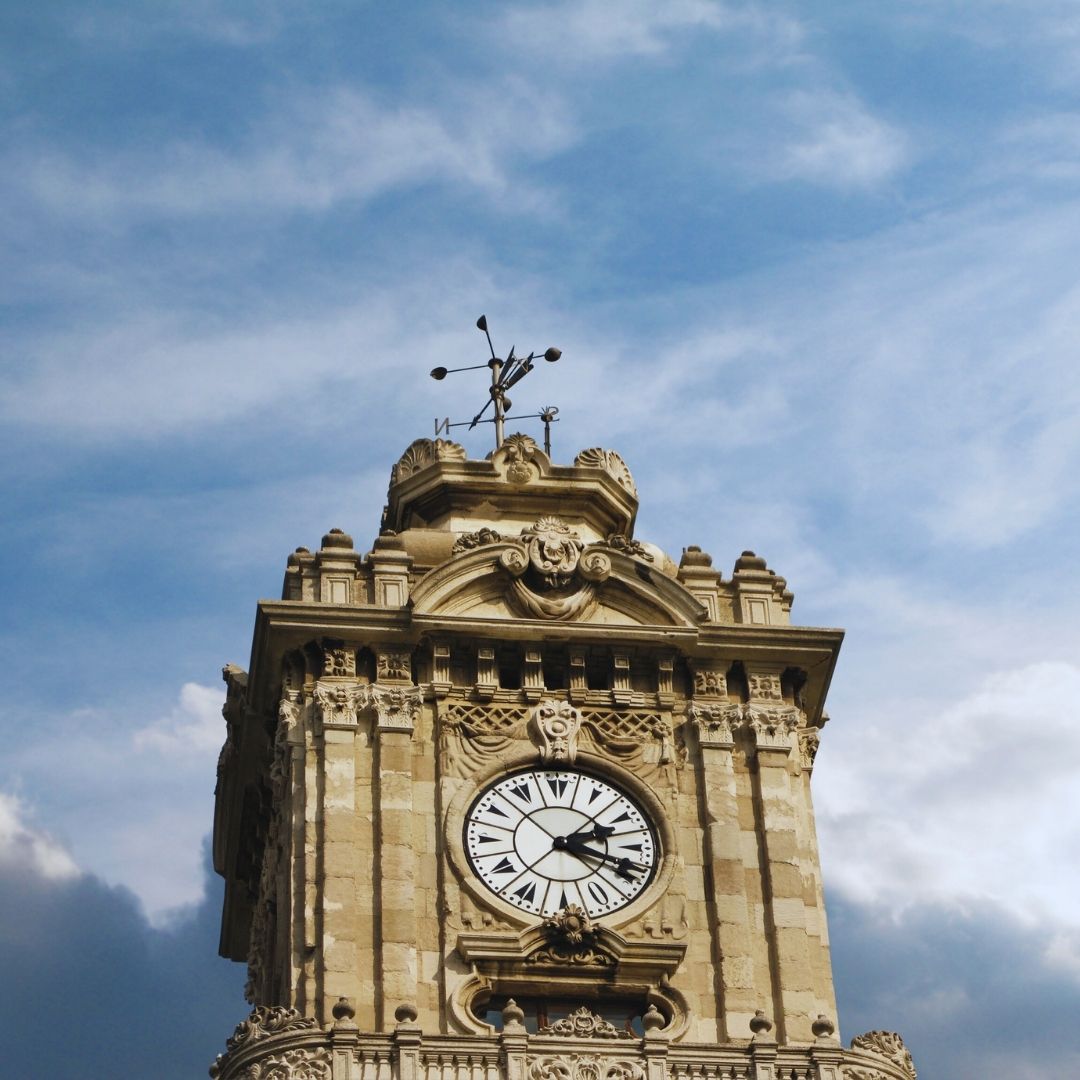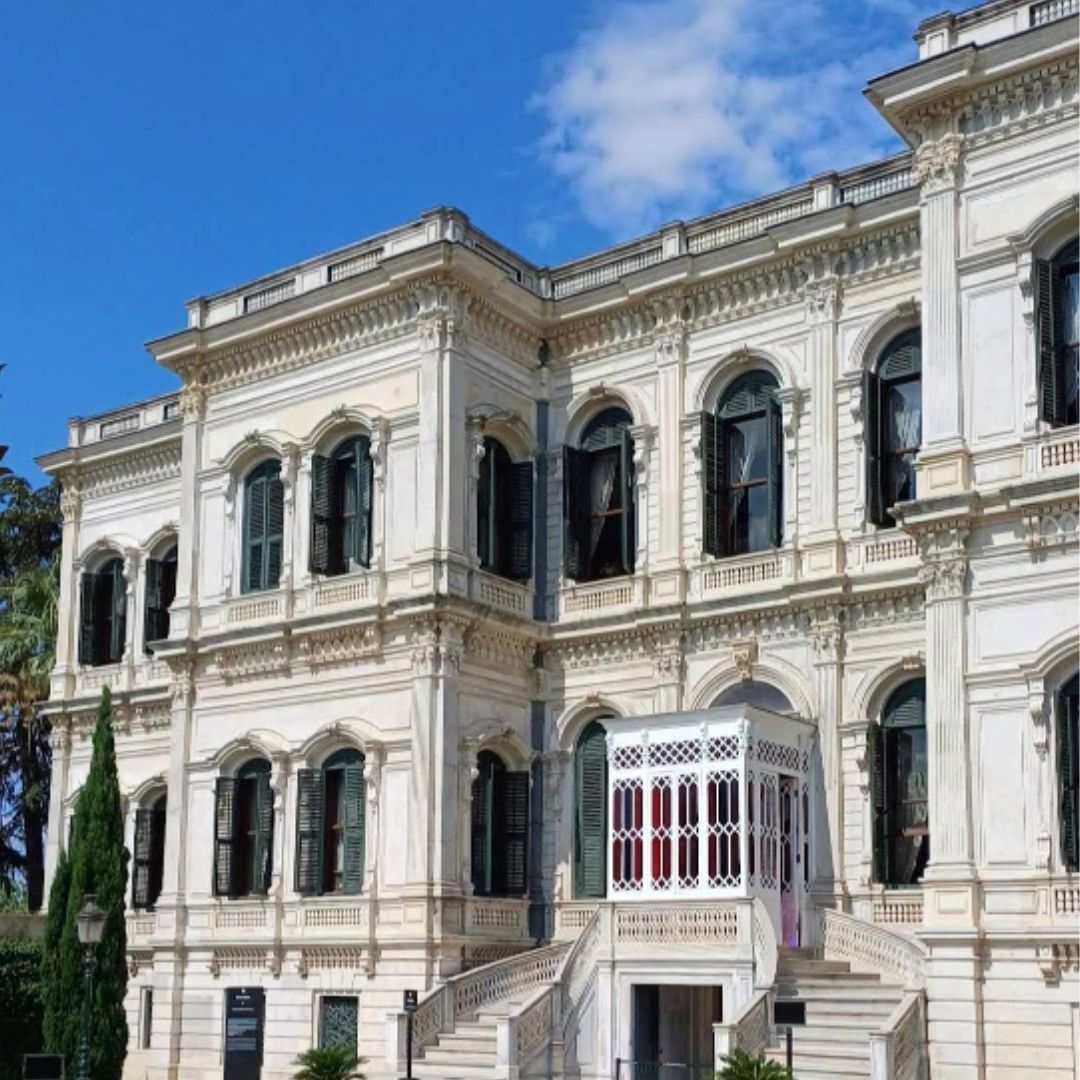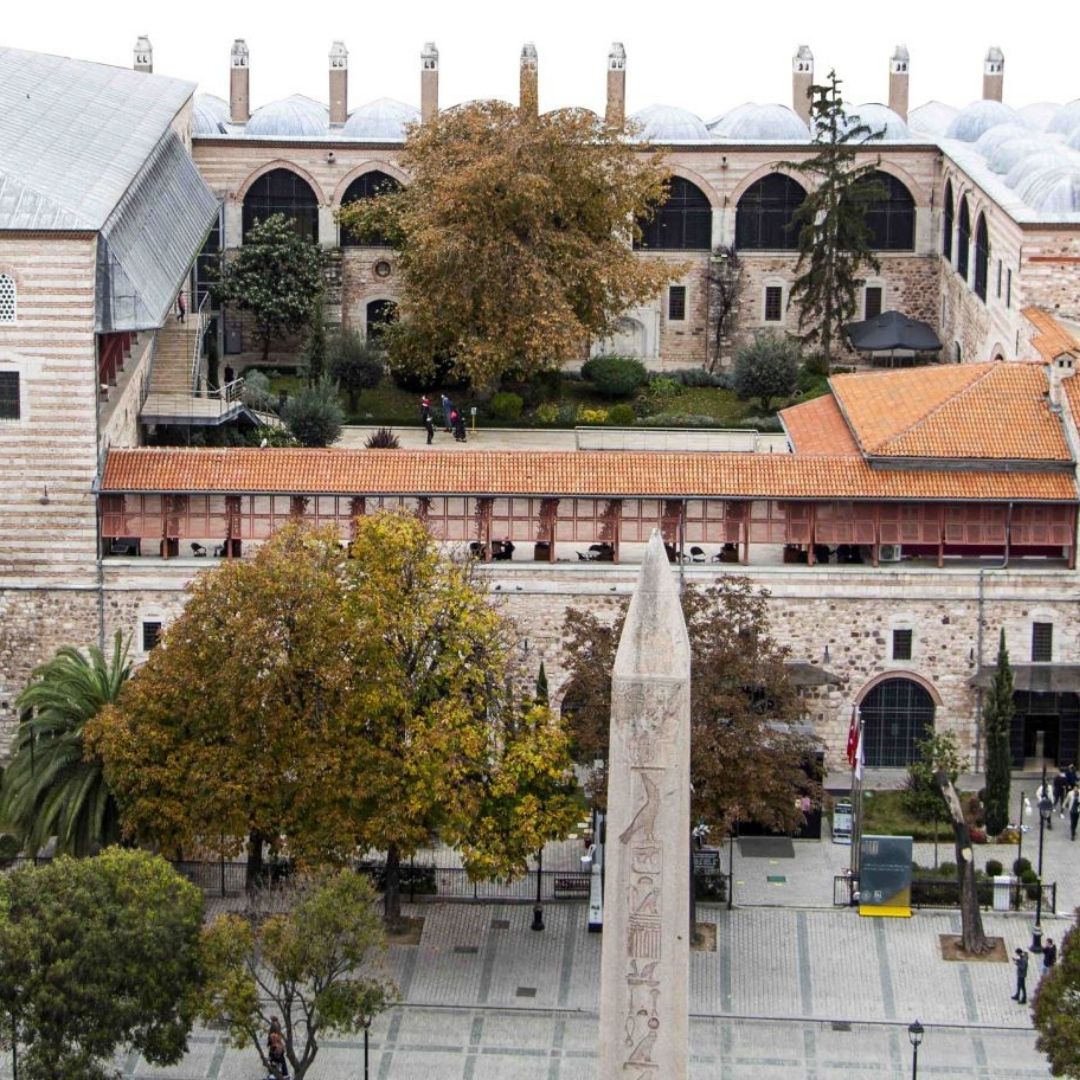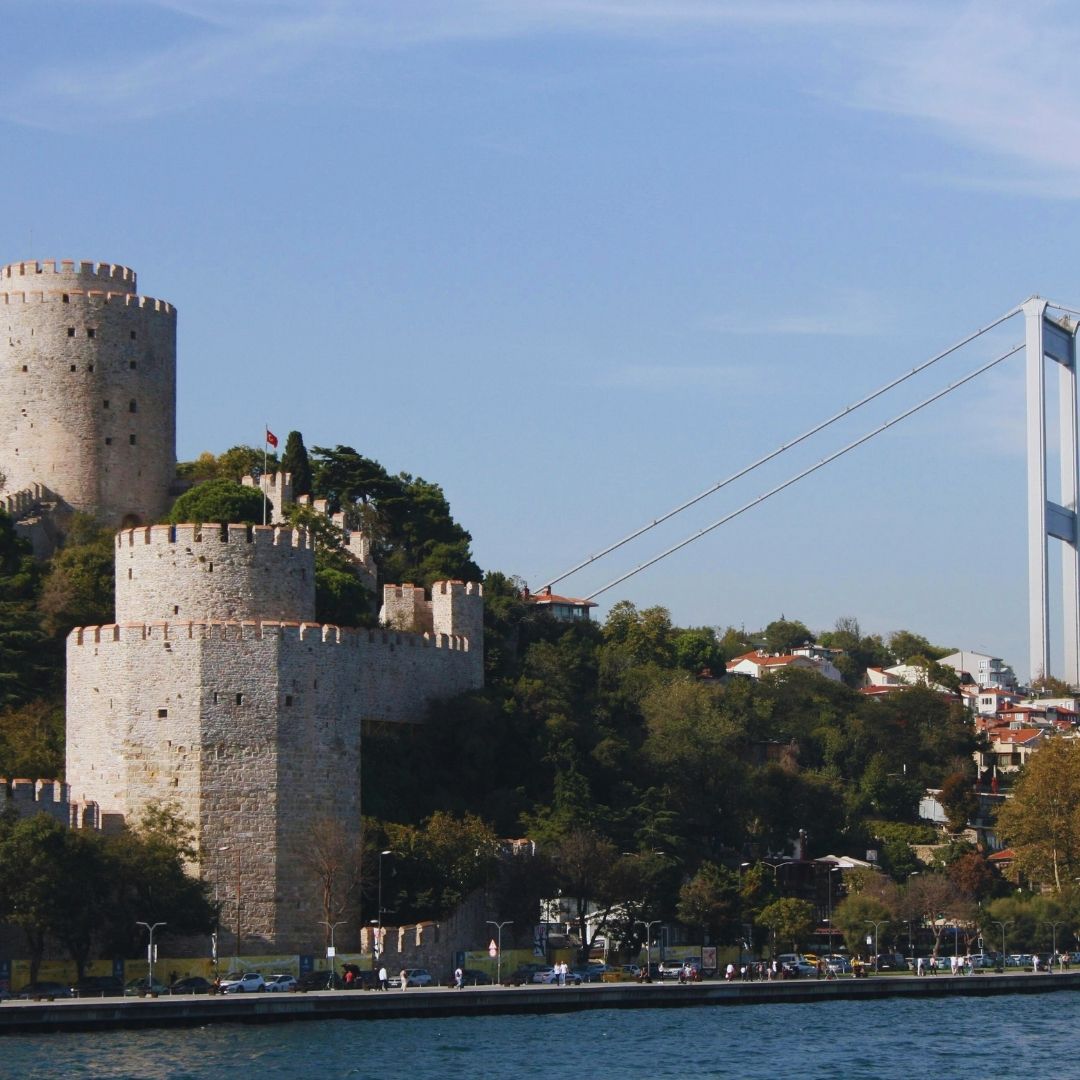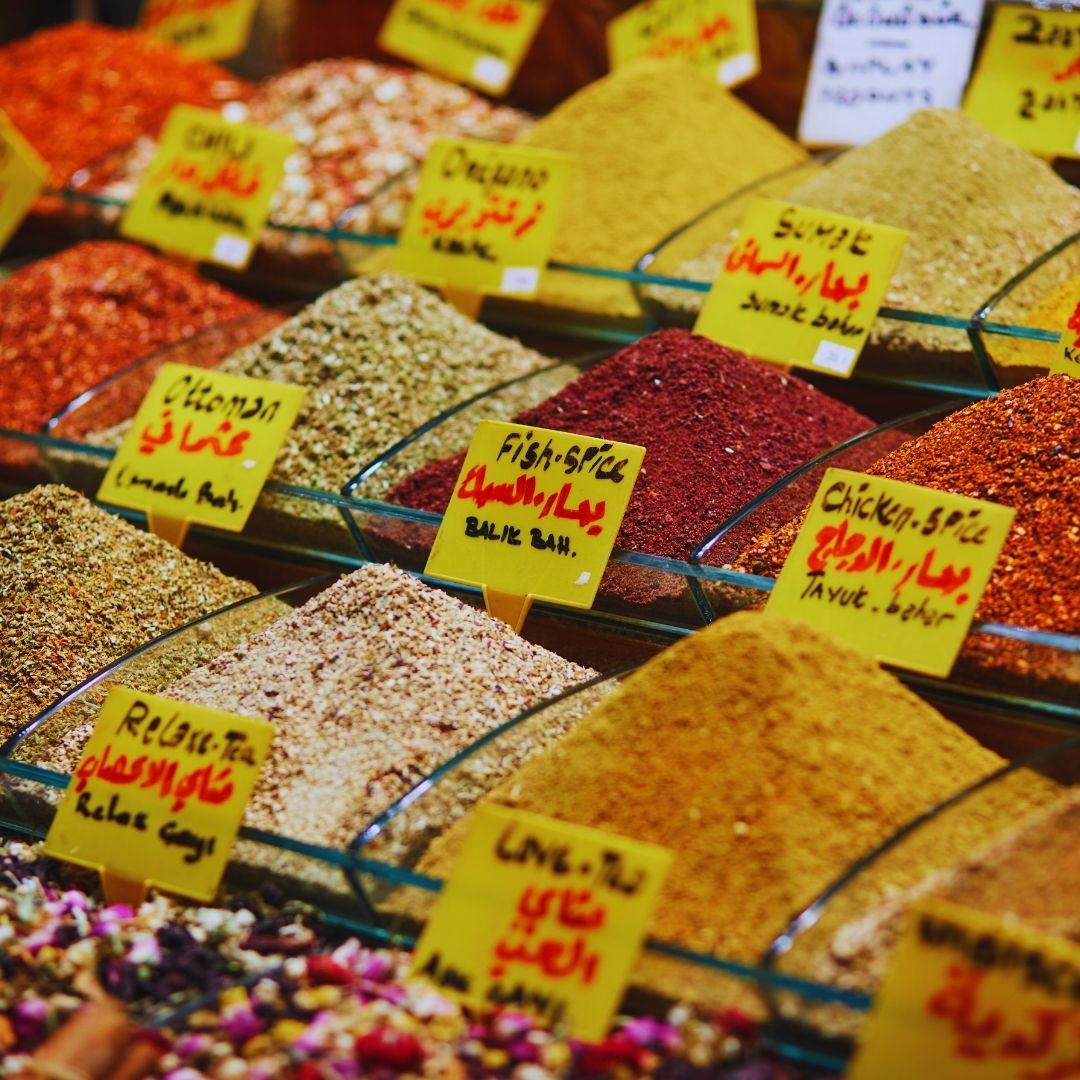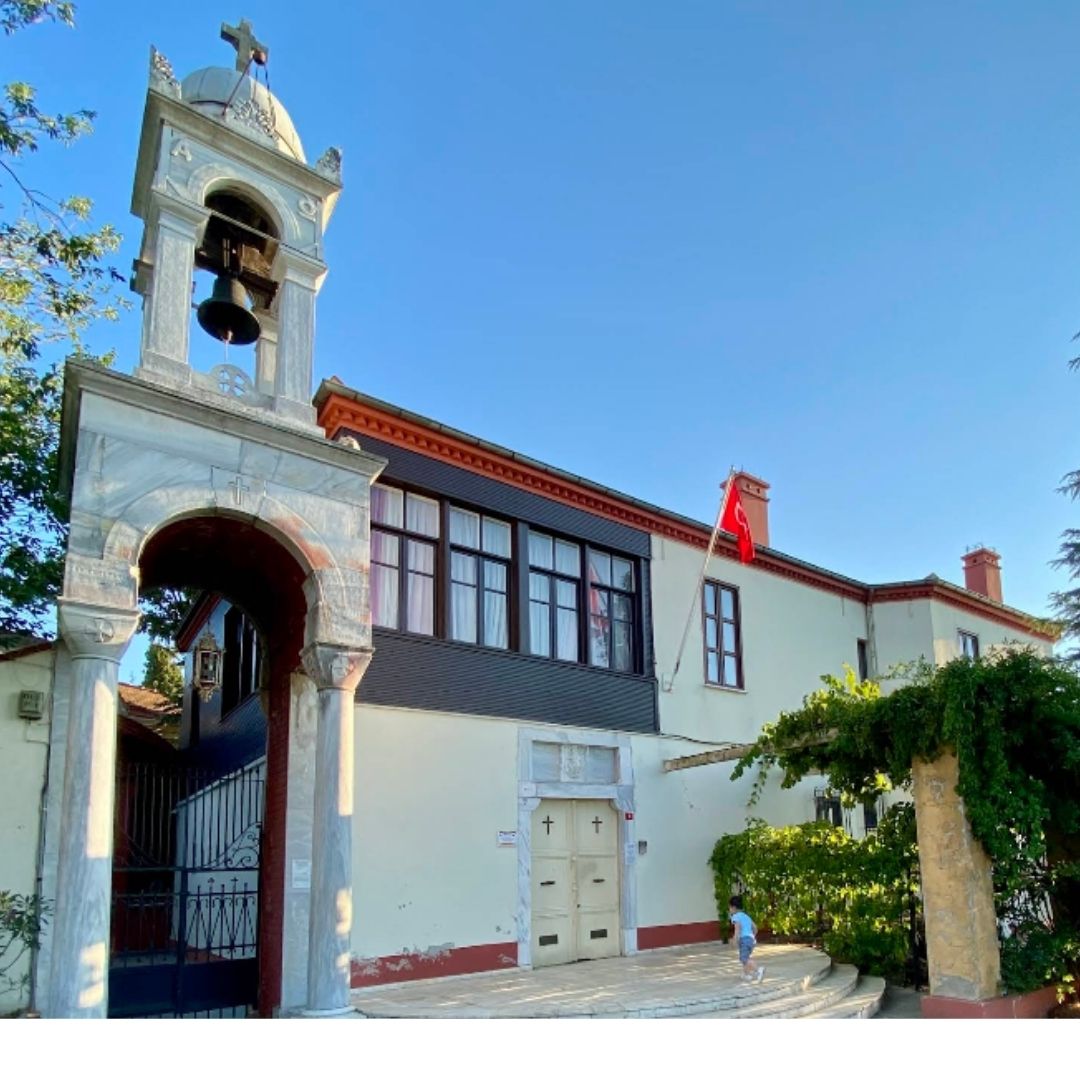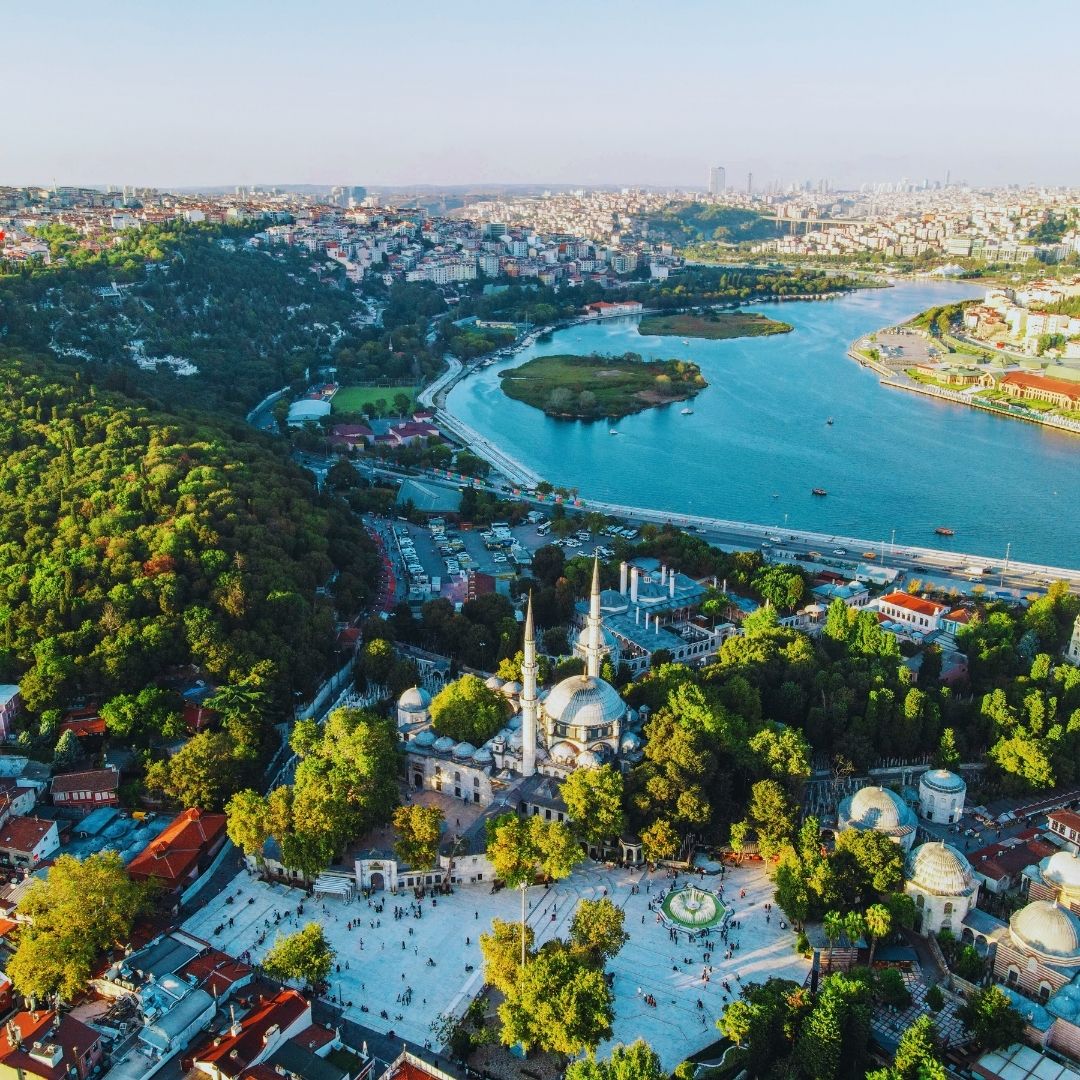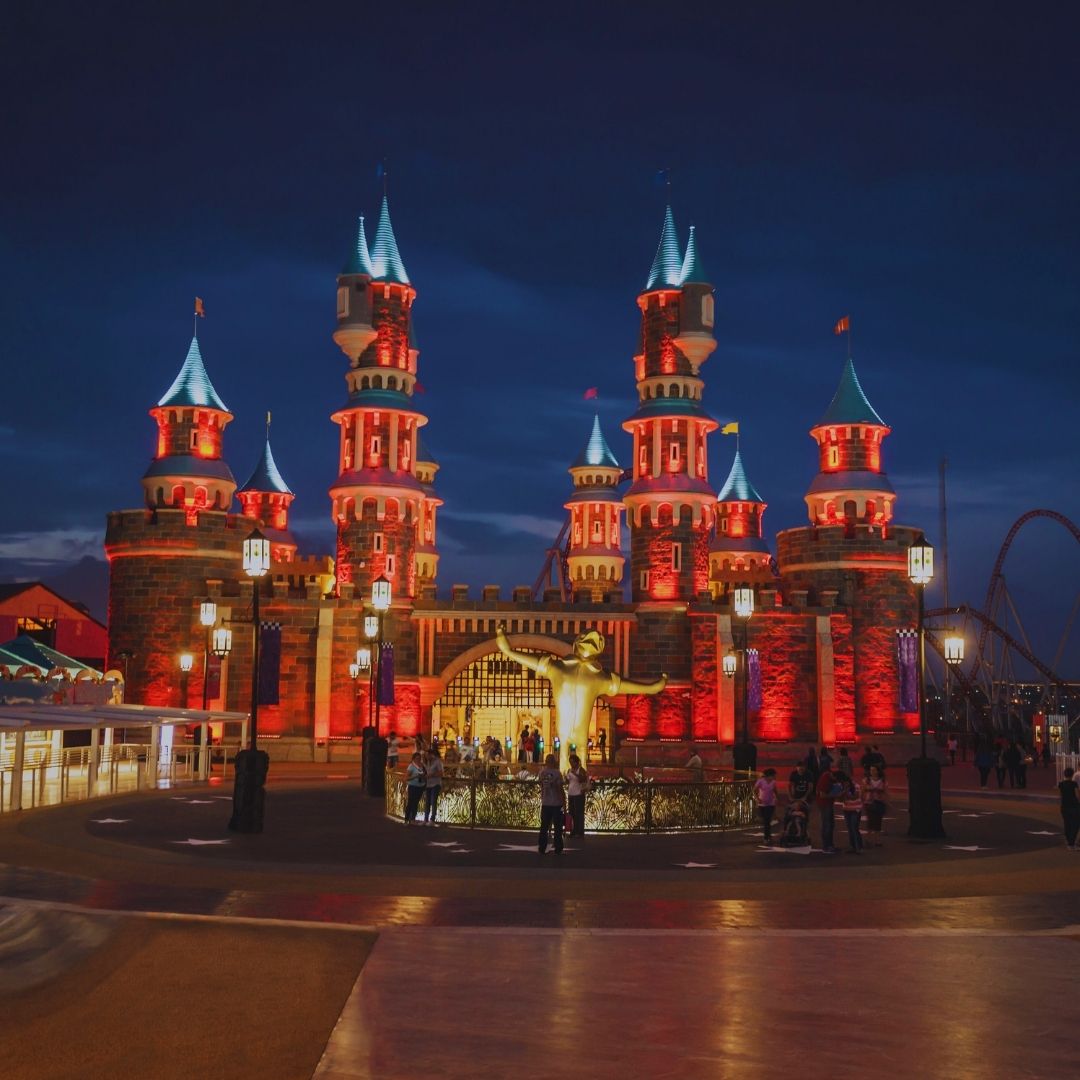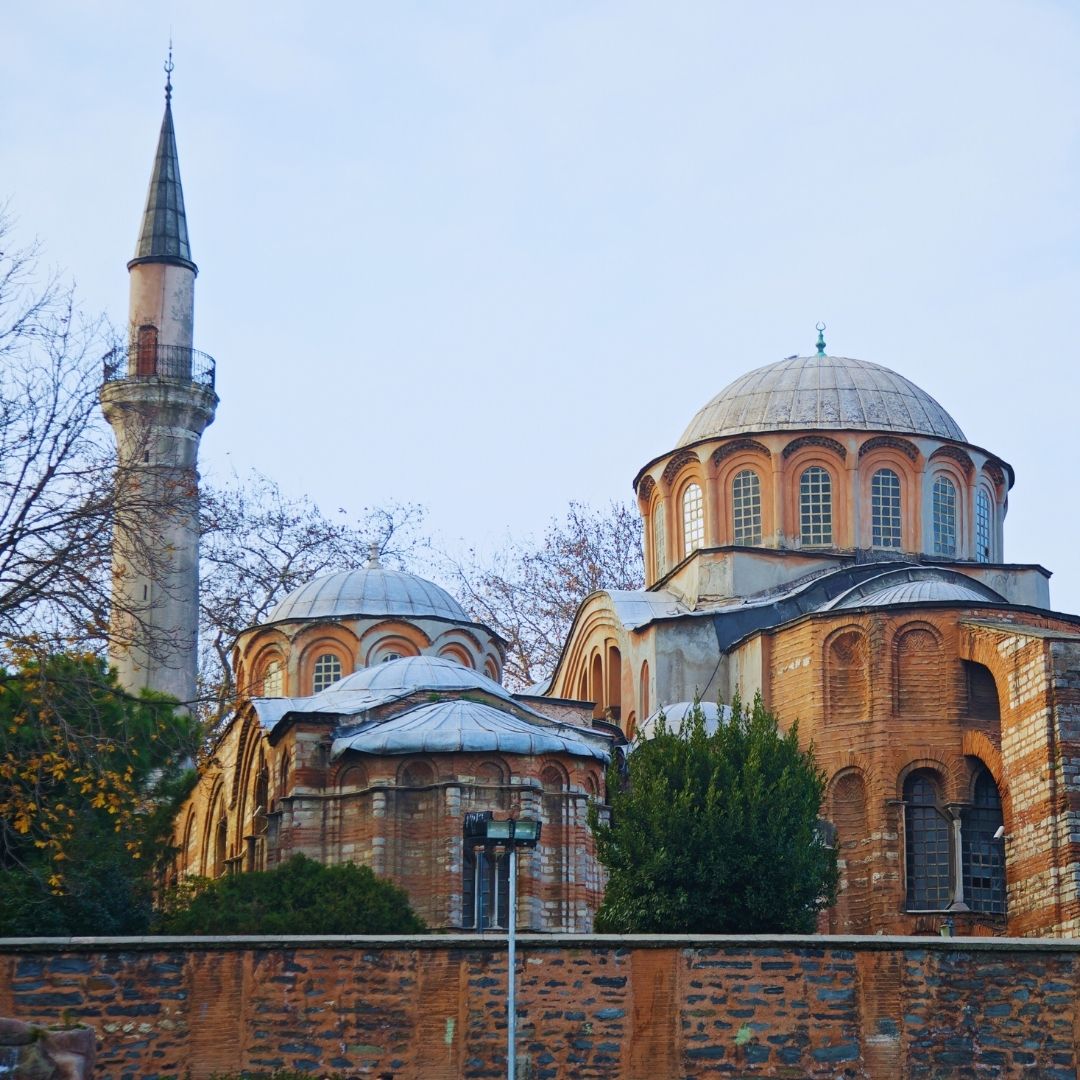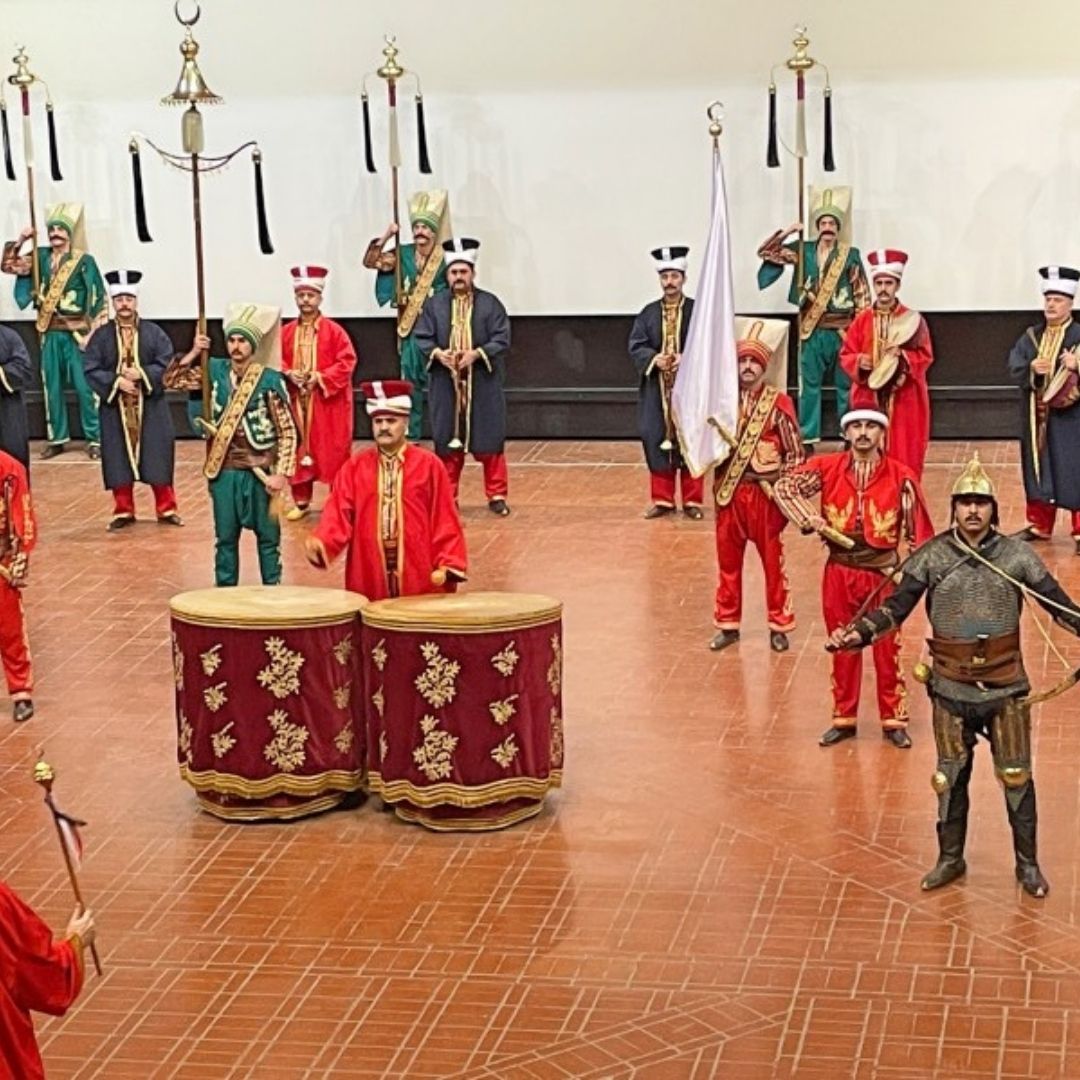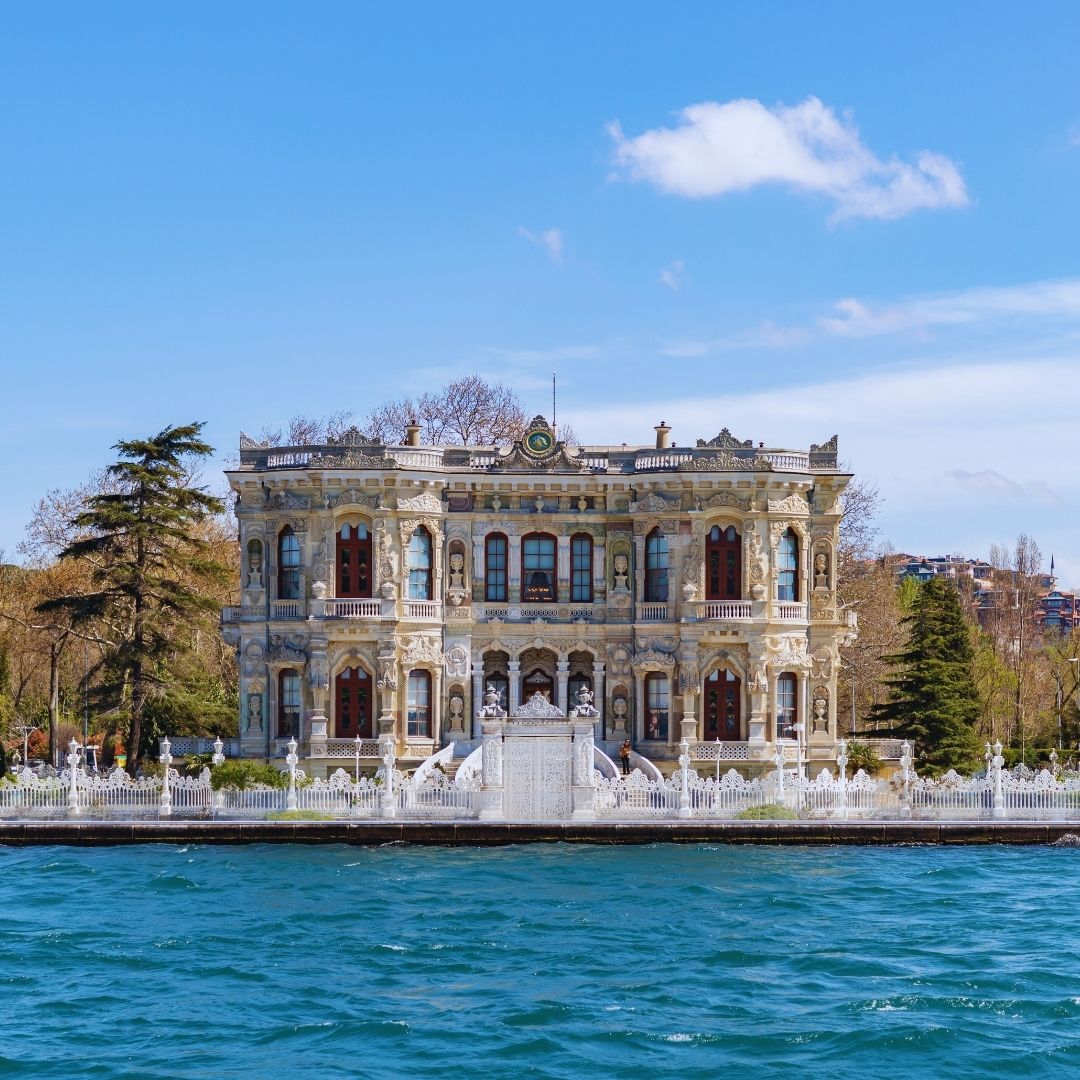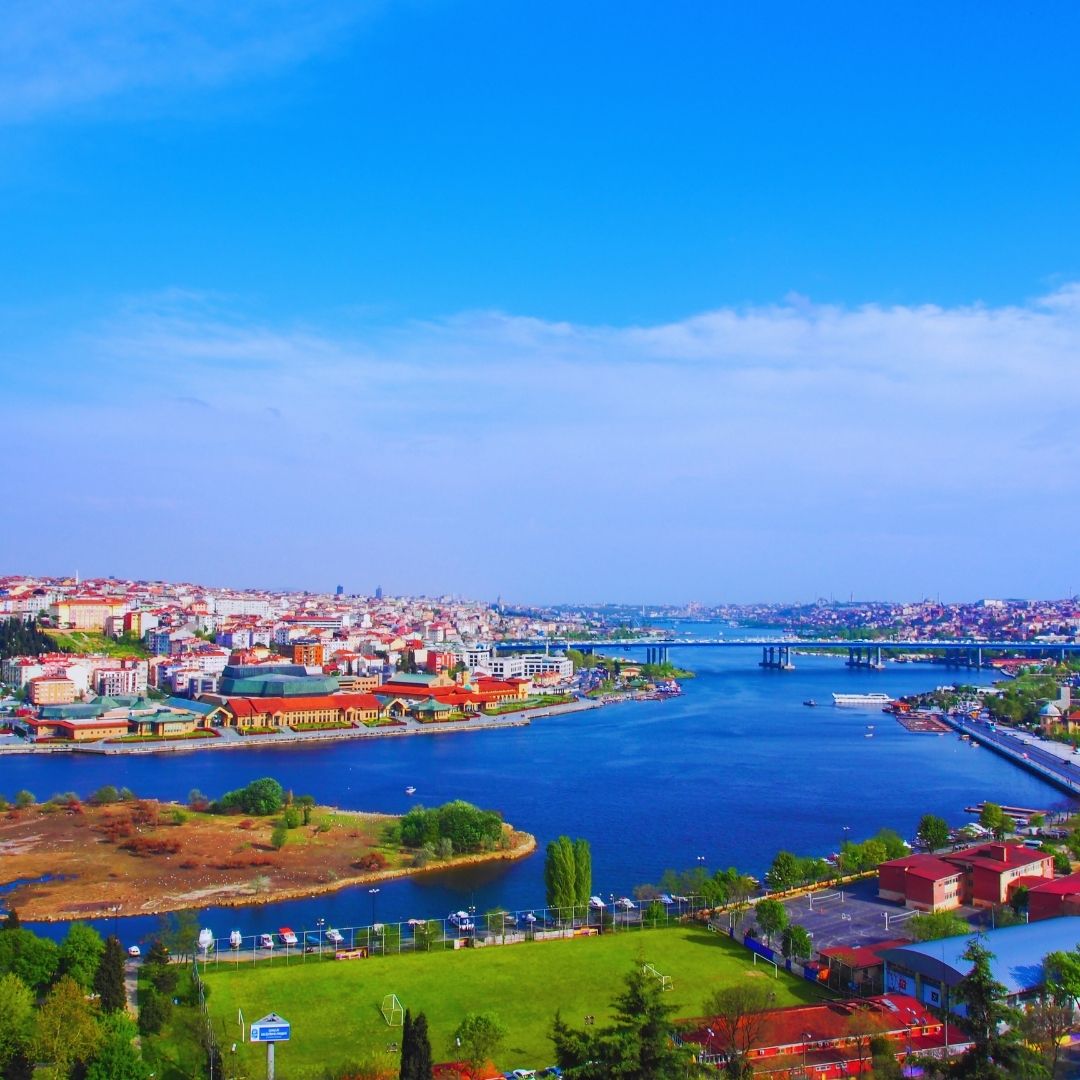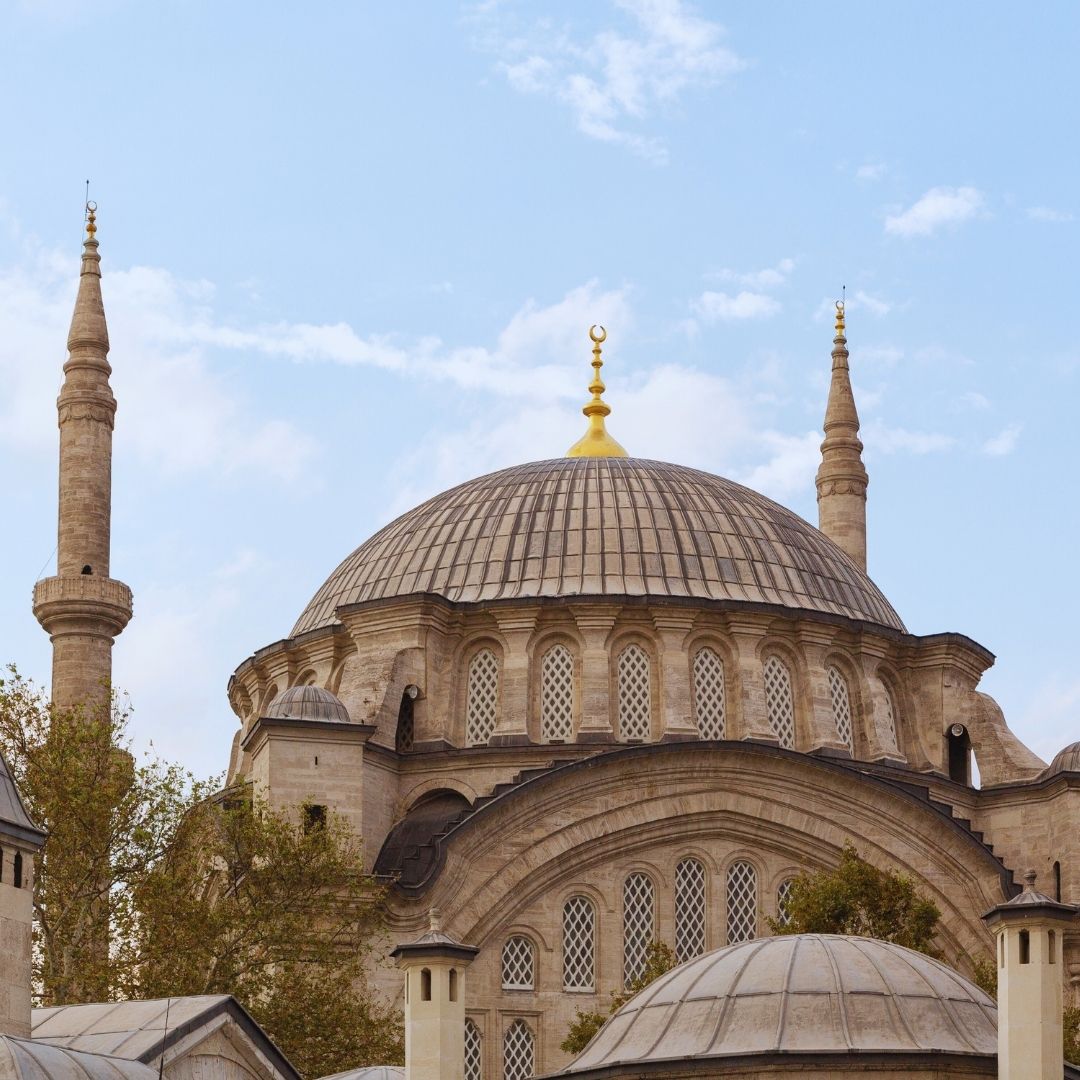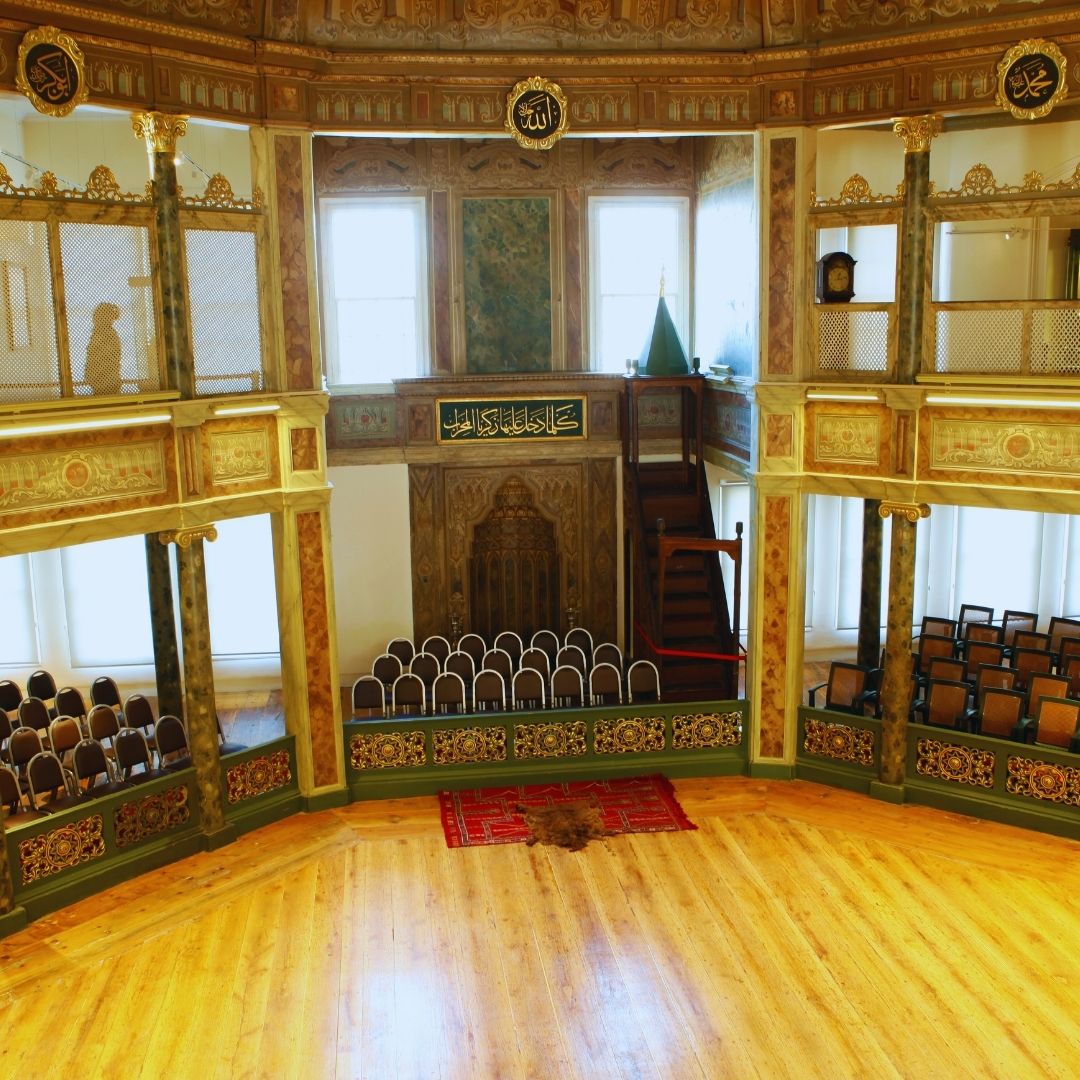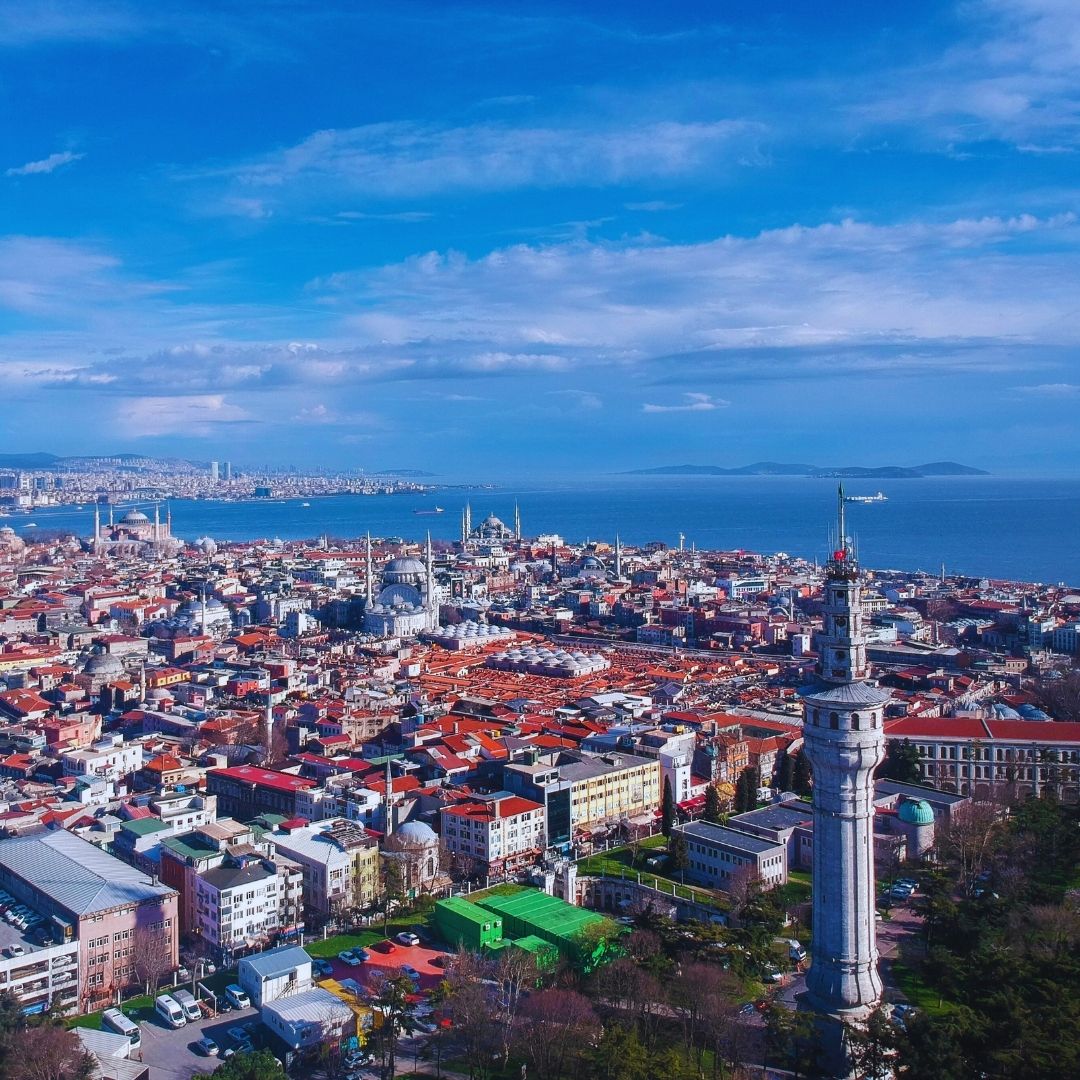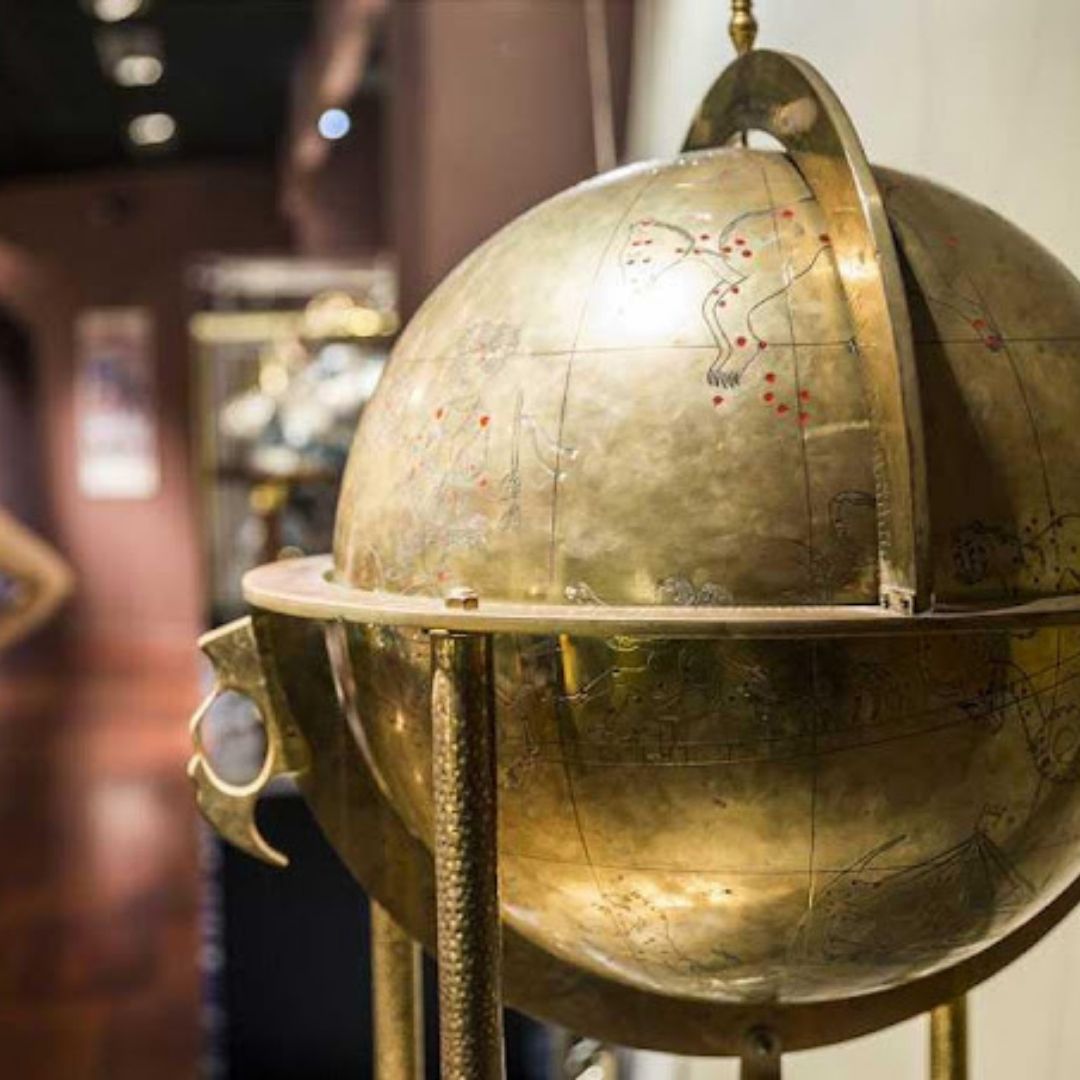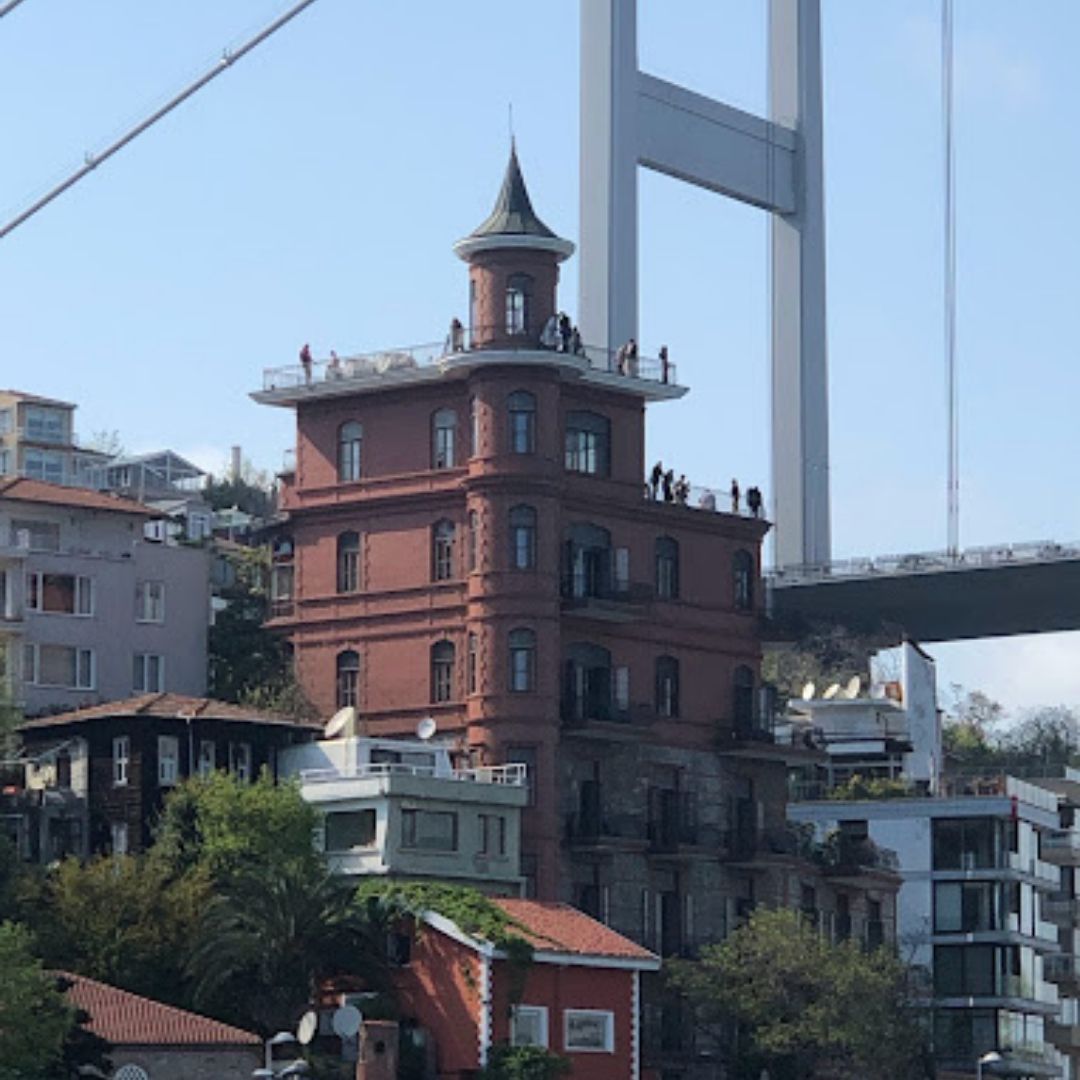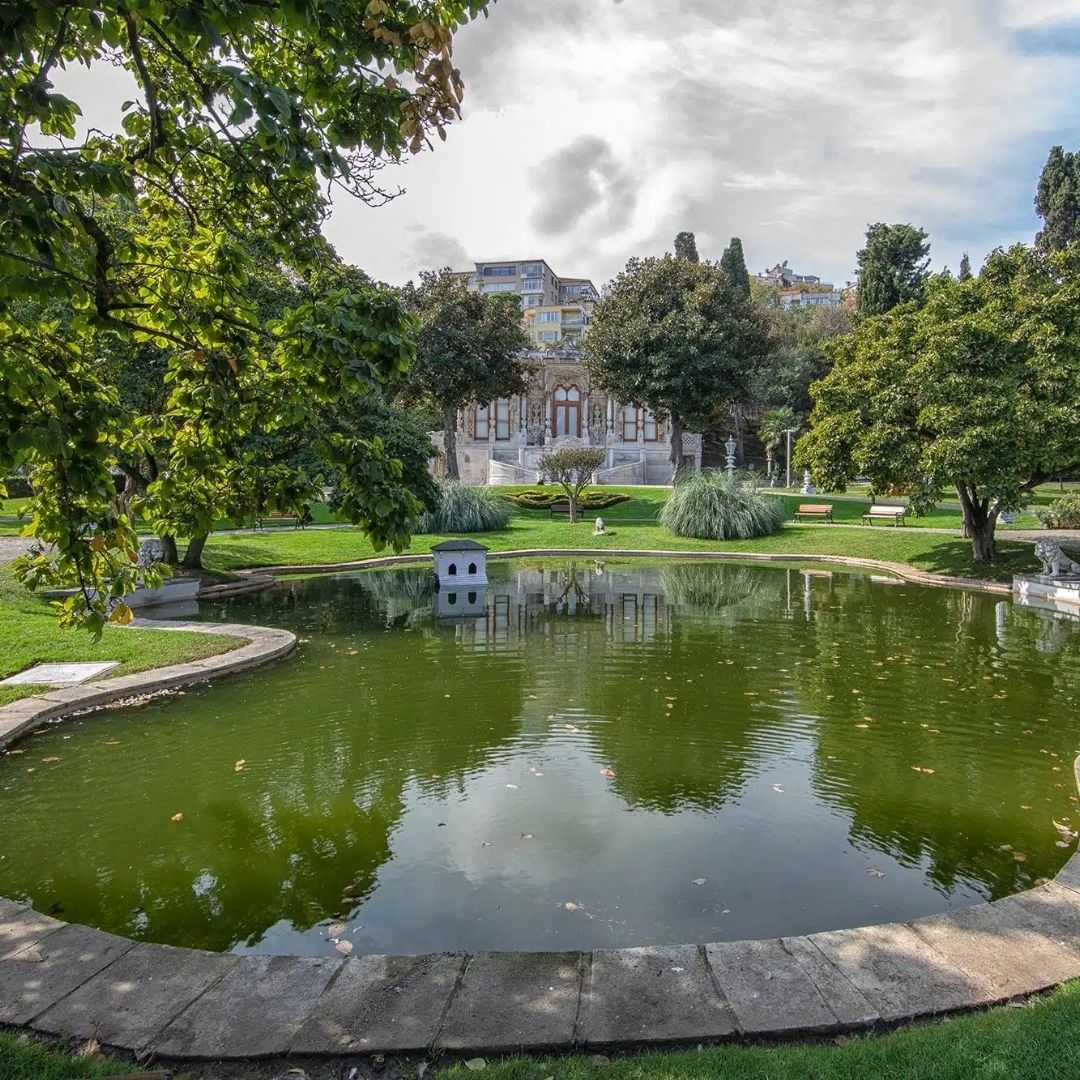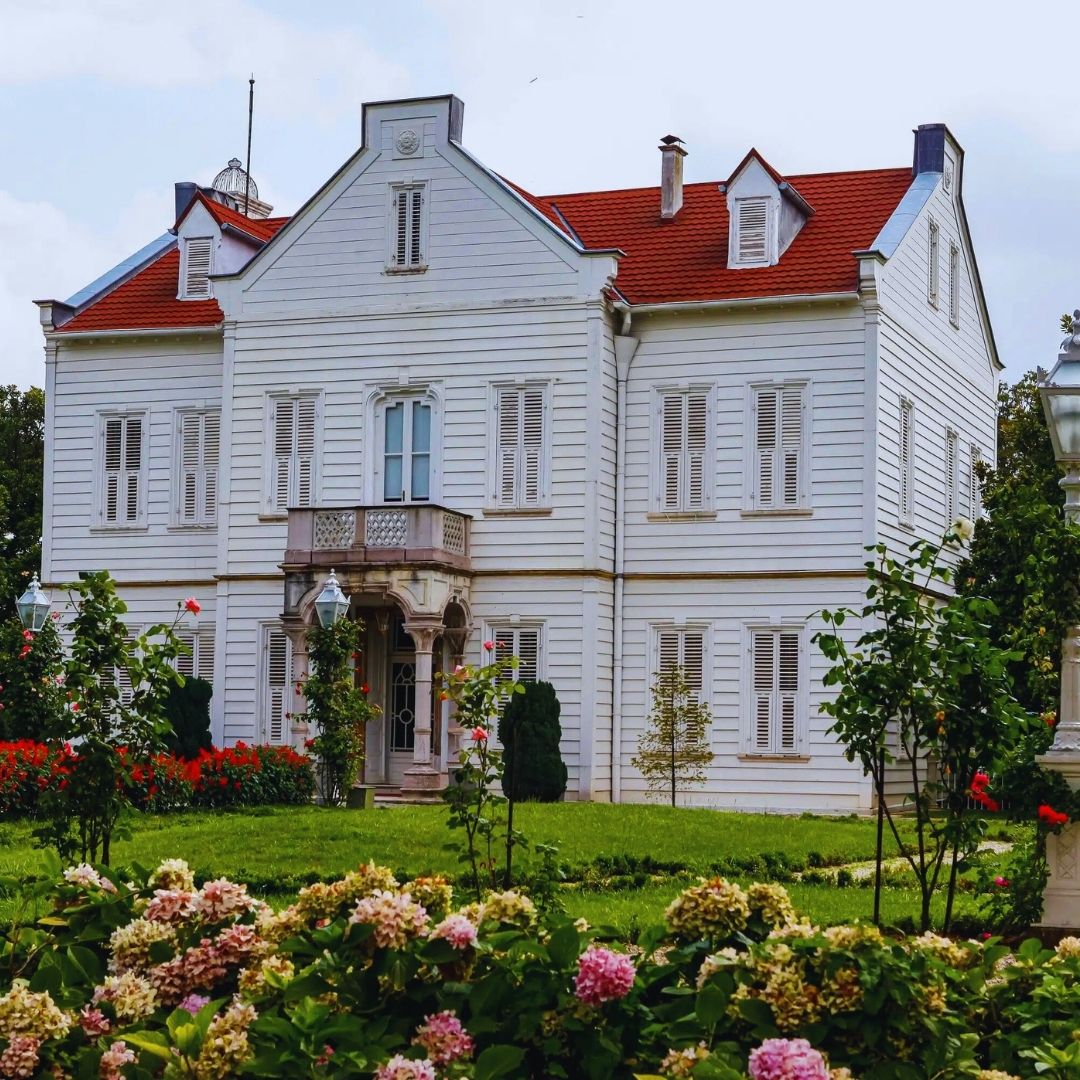Tiled Kiosk (Çinili Köşk)
Tiled Kiosk (Çinili Köşk)
Travel Point Overview
Located across from the Istanbul Archaeology Museum, the Tiled Kiosk (Çinili Köşk) is the first building constructed by Sultan Mehmed II within the Topkapı Palace complex. Built in 1472 as a summer pavilion, the structure showcases early Ottoman civil arc
Tiled Kiosk (Çinili Köşk): One of the Oldest Ottoman Civil Architectural Monuments in Istanbul
📍 Location: Gülhane, Istanbul
🏛 Construction Year: 1472
👑 Commissioned by: Sultan Mehmed the Conqueror (Fatih Sultan Mehmet)
🎟 Entrance Fee: €15 (valid for combined access to Istanbul Archaeology Museum + Museum of the Ancient Orient + Tiled Kiosk)
🎫 Museum Pass: Valid
🚧 Status: Currently closed due to restoration
🕒 Opening Hours: 09:00 – 19:00 (when open)
🚋 How to Get There: Take the Kabataş–Bağcılar tram line and get off at Gülhane stop. From the Asian side, you can use the Kadıköy–Eminönü or Üsküdar–Eminönü ferries to reach the tram line.
Ottoman Elegance with Seljuk Influence
Located across from the Istanbul Archaeology Museum, the Tiled Kiosk (Çinili Köşk) is the first building constructed by Sultan Mehmed II within the Topkapı Palace complex. Built in 1472 as a summer pavilion, the structure showcases early Ottoman civil architecture heavily influenced by Seljuk design, featuring a columned marble façade, tiled eyvans (vaulted terraces), and cut-tile decorations.
While the front of the building is single-storied, the rear side is two-storied. Its 14-columned marble arcade at the entrance leads visitors into an eyvan adorned with exquisite mosaic tiles, characteristic of 15th-century artistic expression.
Architecture & Exhibitions
🏛 Interior Layout:
- Composed of 6 rooms and 1 central hall
- Houses approximately 2,000 tile and ceramic pieces from the Seljuk and Ottoman periods
🎨 Exhibit Highlights:
- Left Room: Seljuk-era tiles
- Left Eyvan: Slipware and Miletus-style ceramics
- Main Hall & Pentagonal Room: Iconic 16th-century İznik tiles
- Right Corner Room (facing Gülhane Park): Kütahya ceramics
- Right Eyvan: Çanakkale pottery
The exhibition is organized chronologically and thematically, guiding visitors through the evolution of Islamic ceramic art across centuries.
Historical Use & Museum Role
- Originally constructed as a royal summer pavilion in 1472
- Served as the Imperial Museum (Müze-i Hümayun) from 1875–1891
- Reopened in 1953 as the Fatih Museum displaying Islamic artworks
- Became part of the Istanbul Archaeological Museums complex in 1981 due to its proximity
Important Visitor Information
📌 Admission includes entry to all three museums within the Istanbul Archaeological Museums complex.
⚠️ The Tiled Kiosk is temporarily closed for restoration and not accessible to visitors at the moment.
🗺 Use the Advisormapp app for easy navigation, museum guidance, and audio tours in multiple languages.
✨ Dive into a world of color, geometry, and history at one of Istanbul’s hidden architectural gems once restoration is complete.

